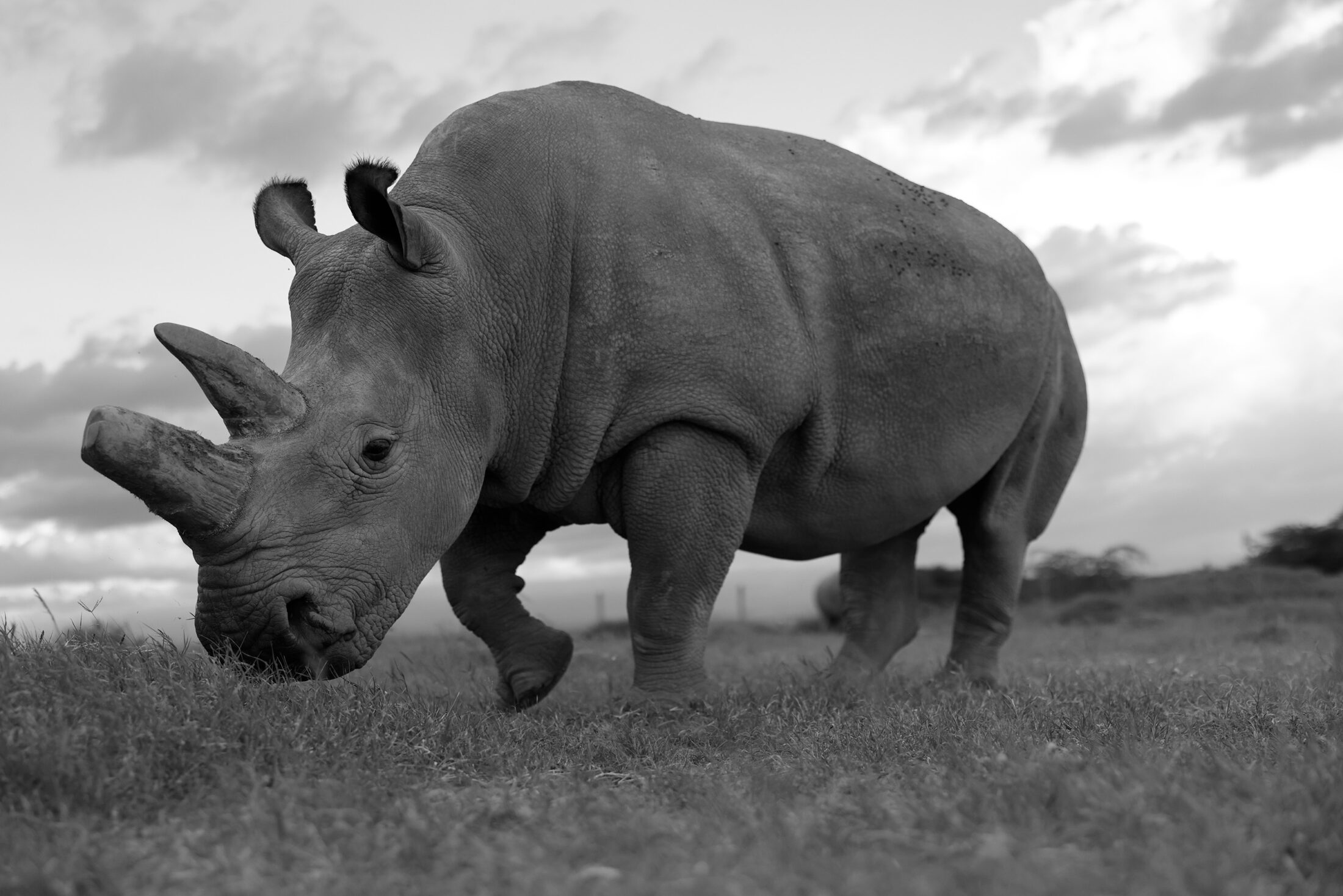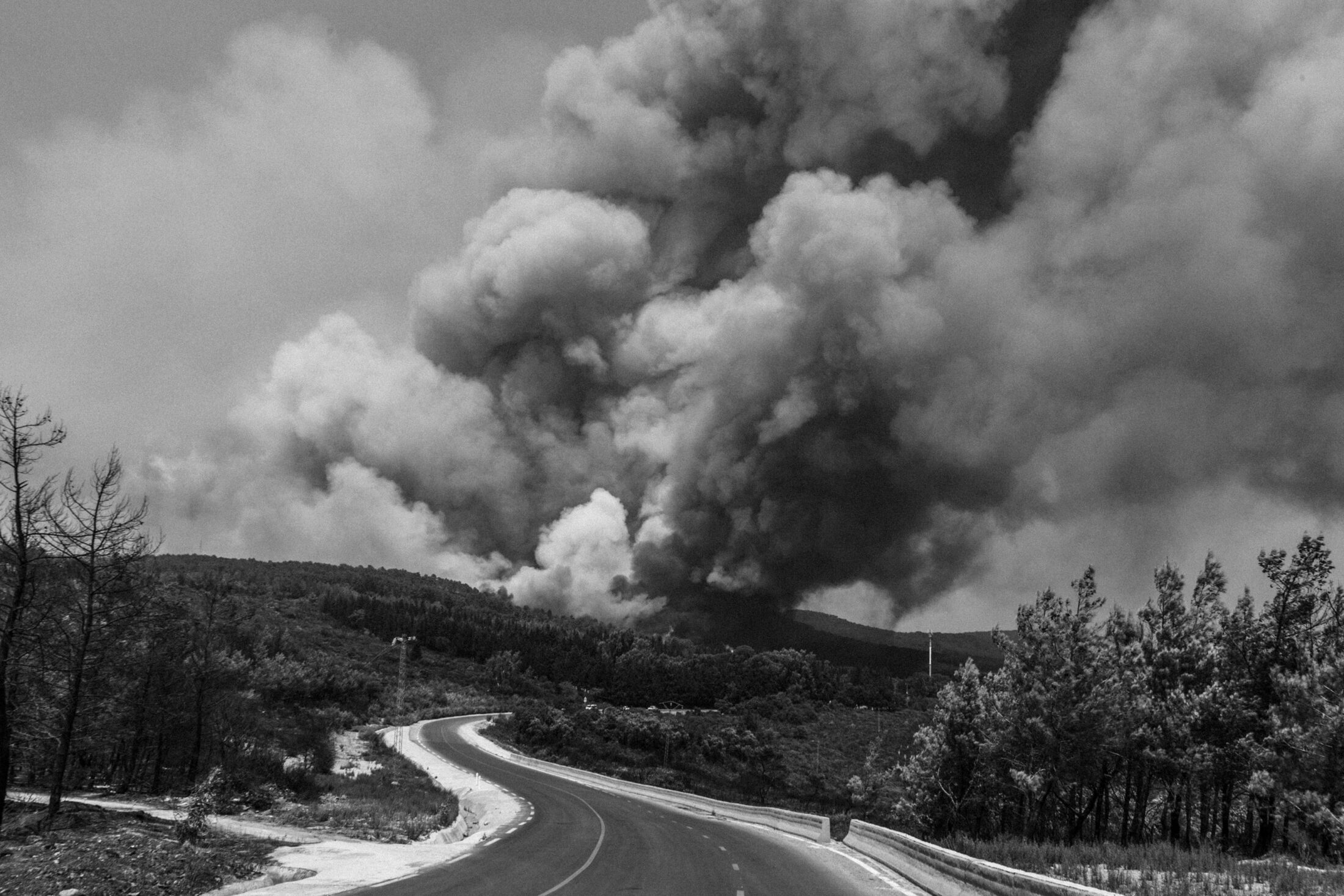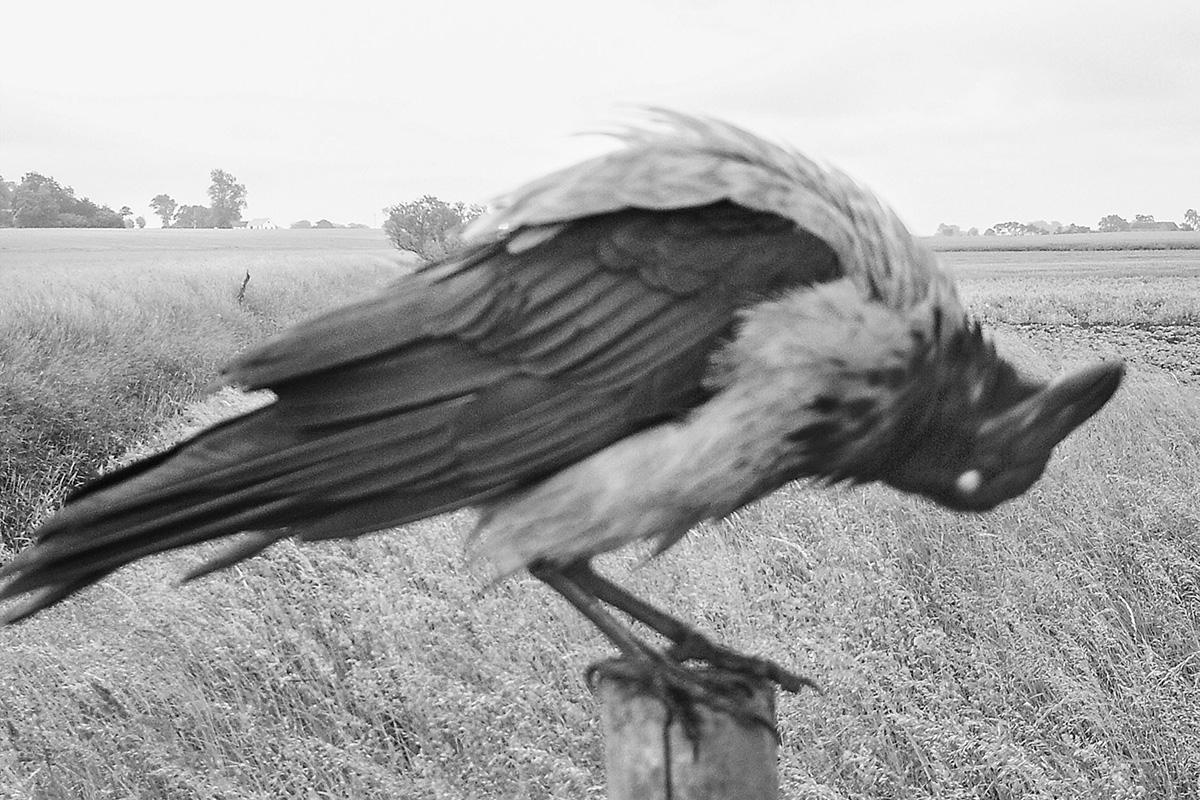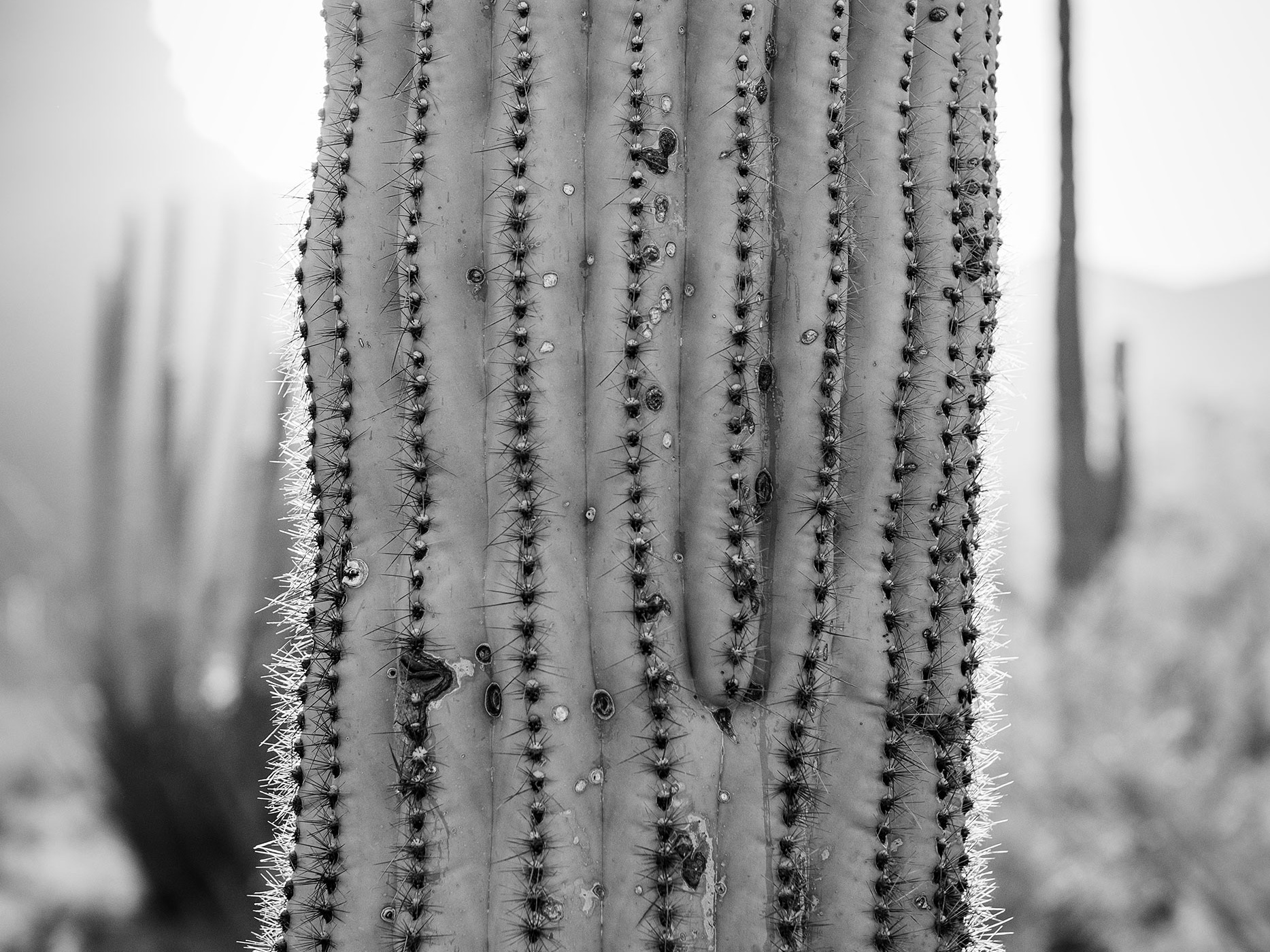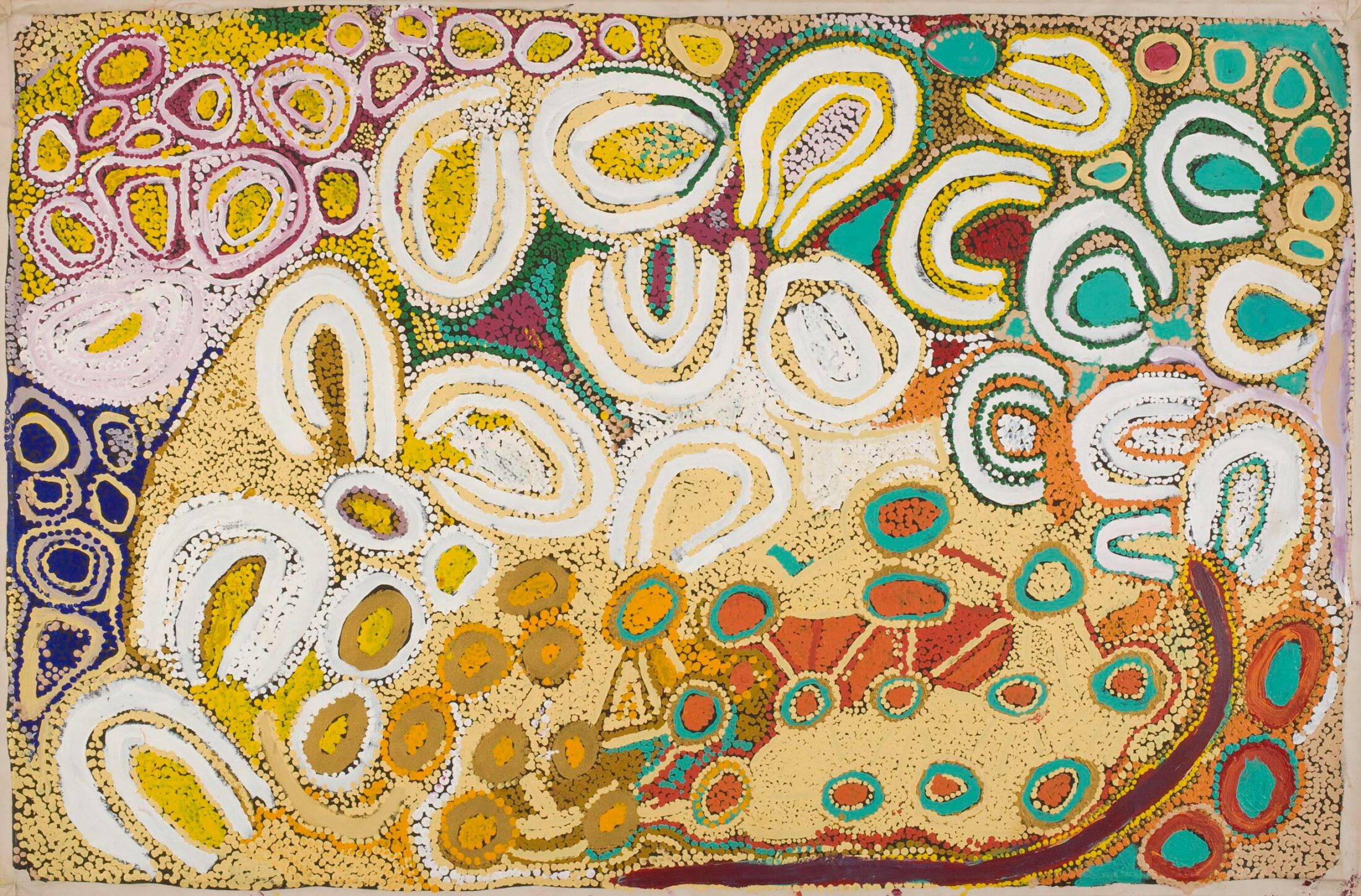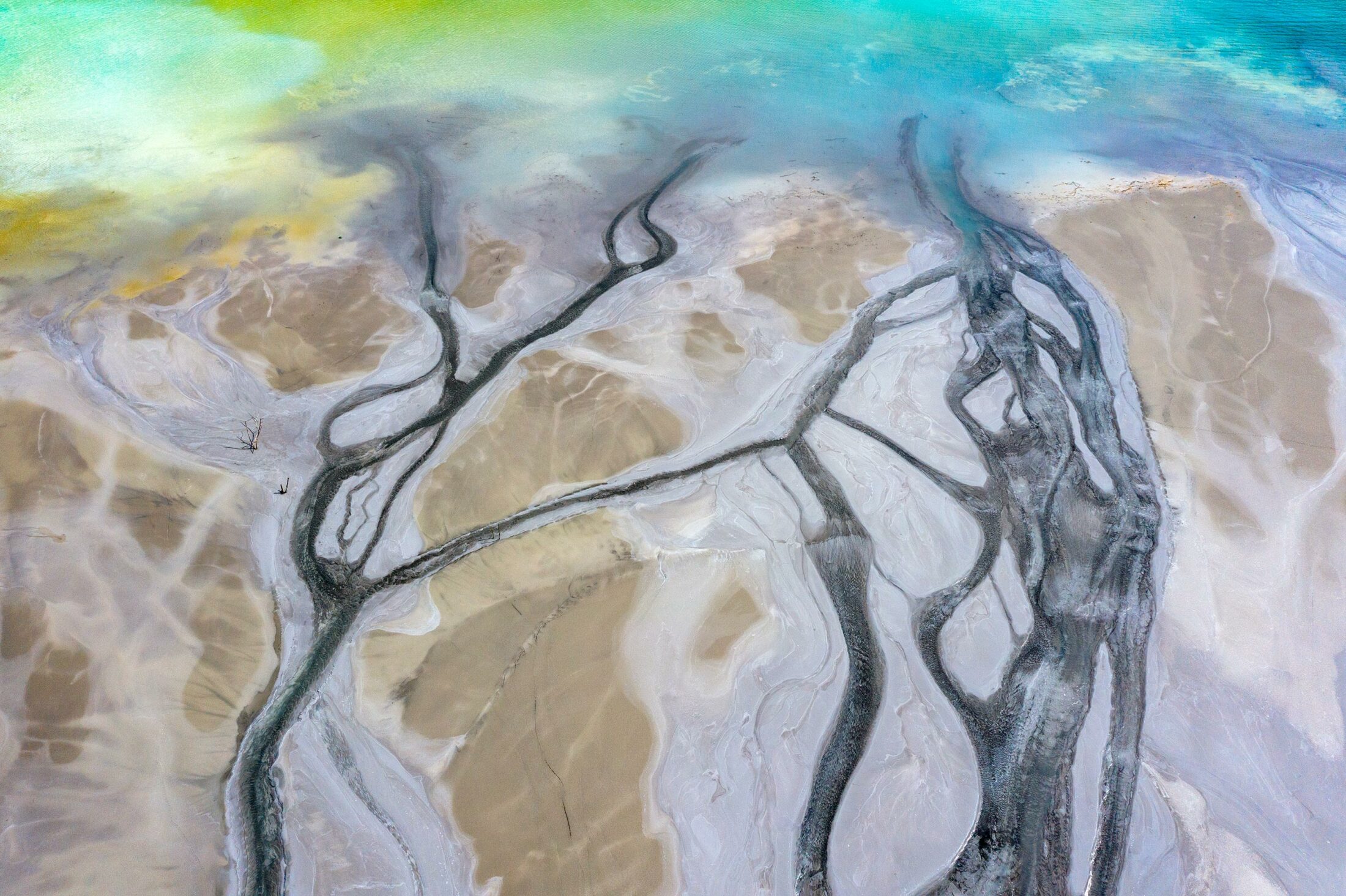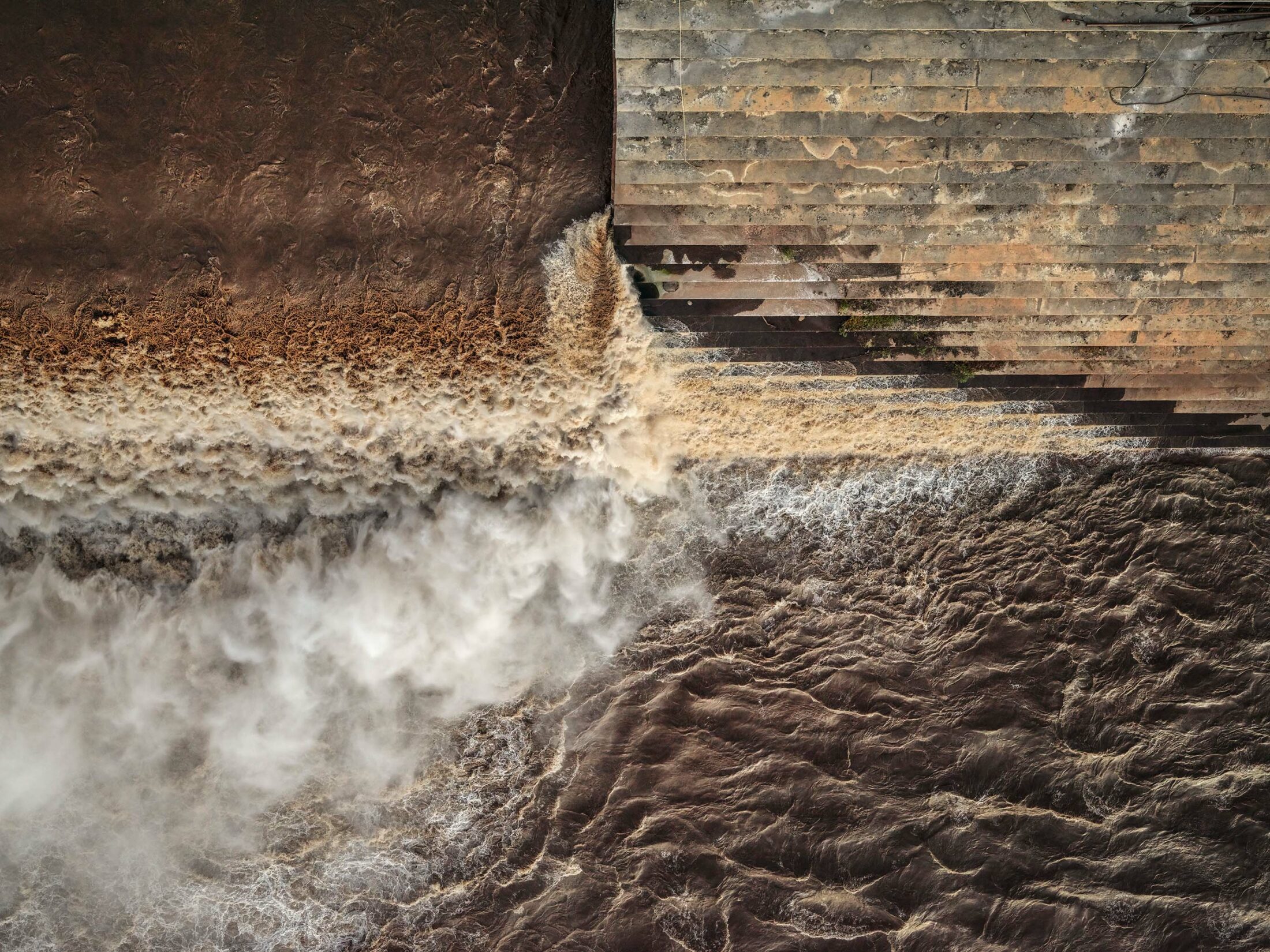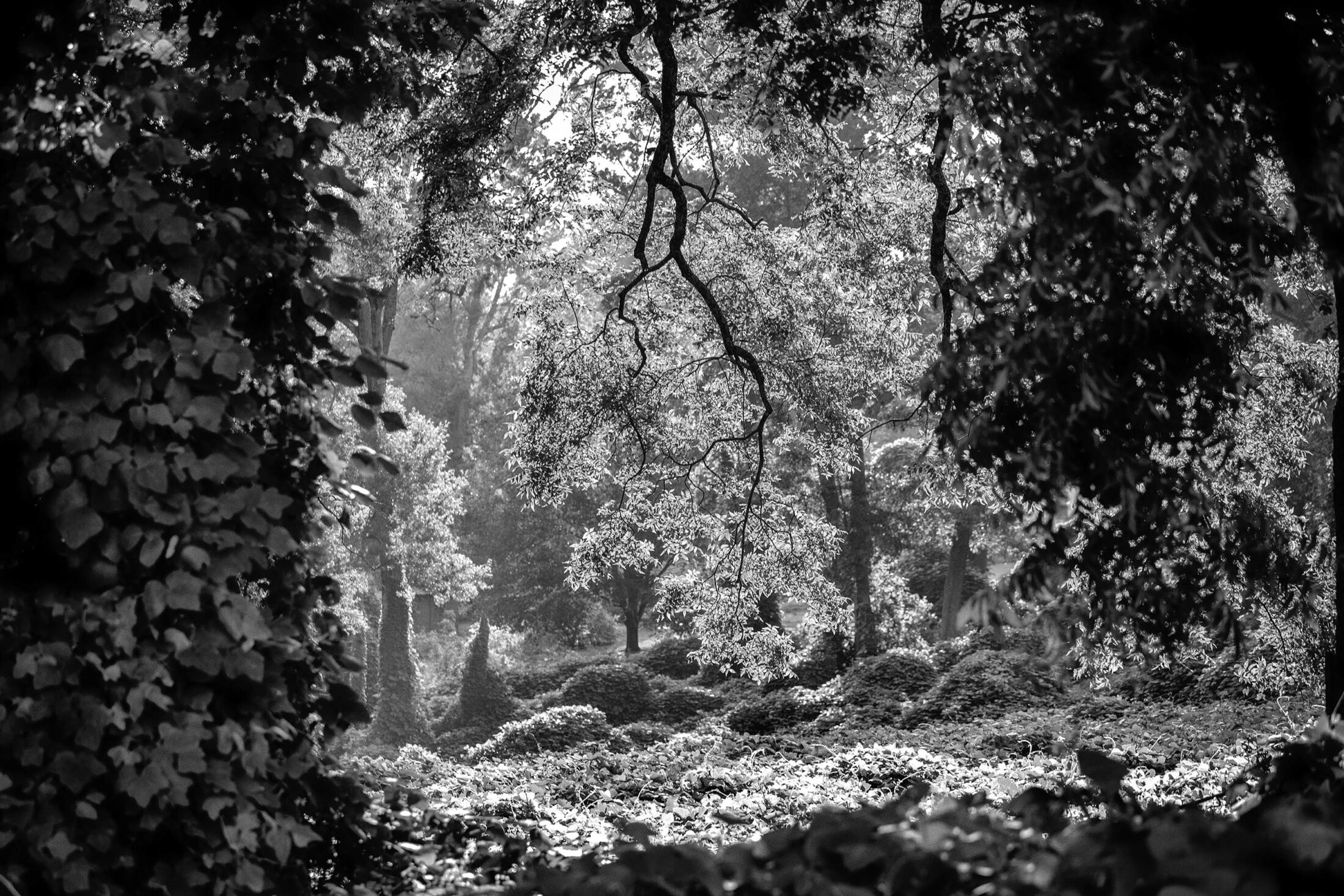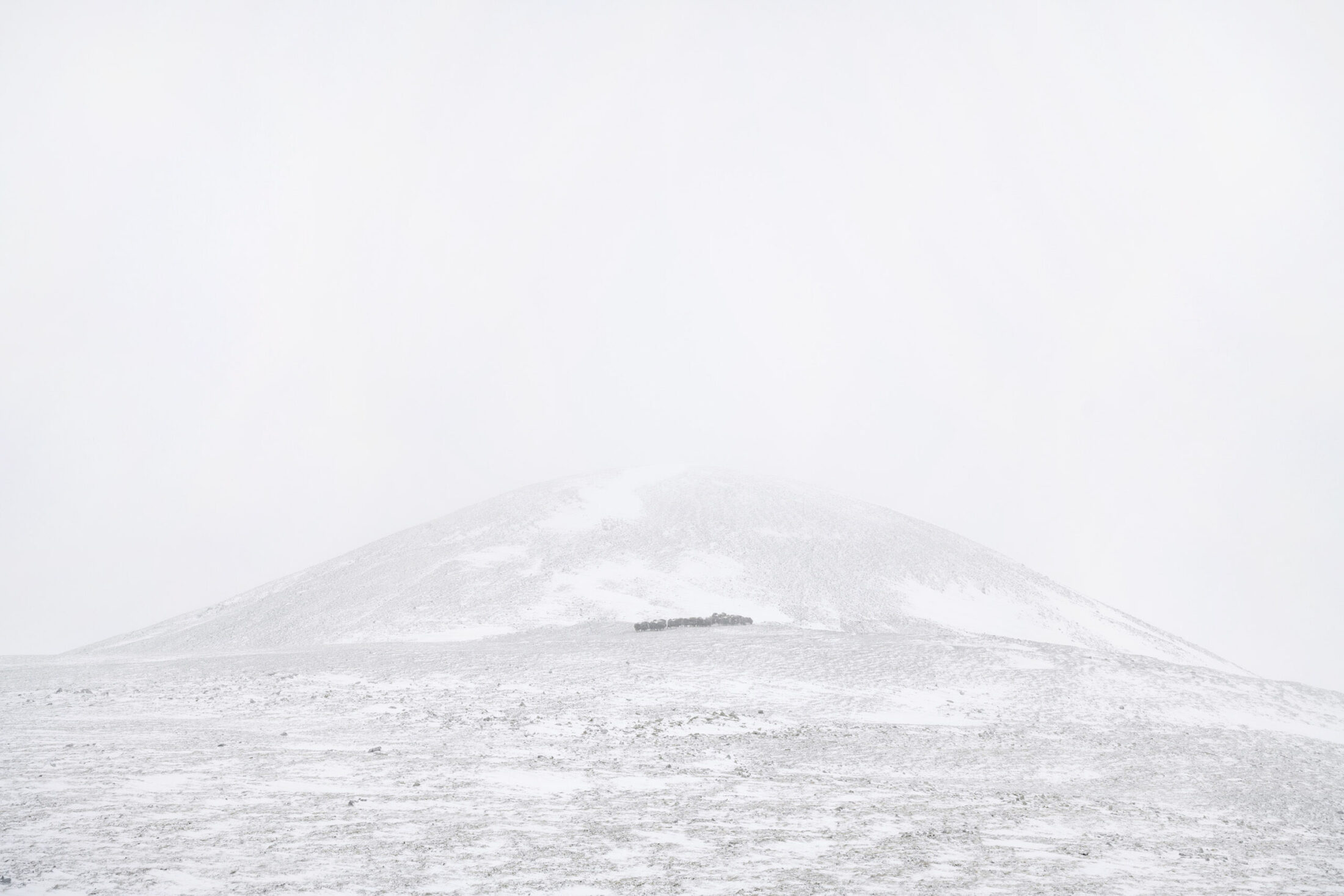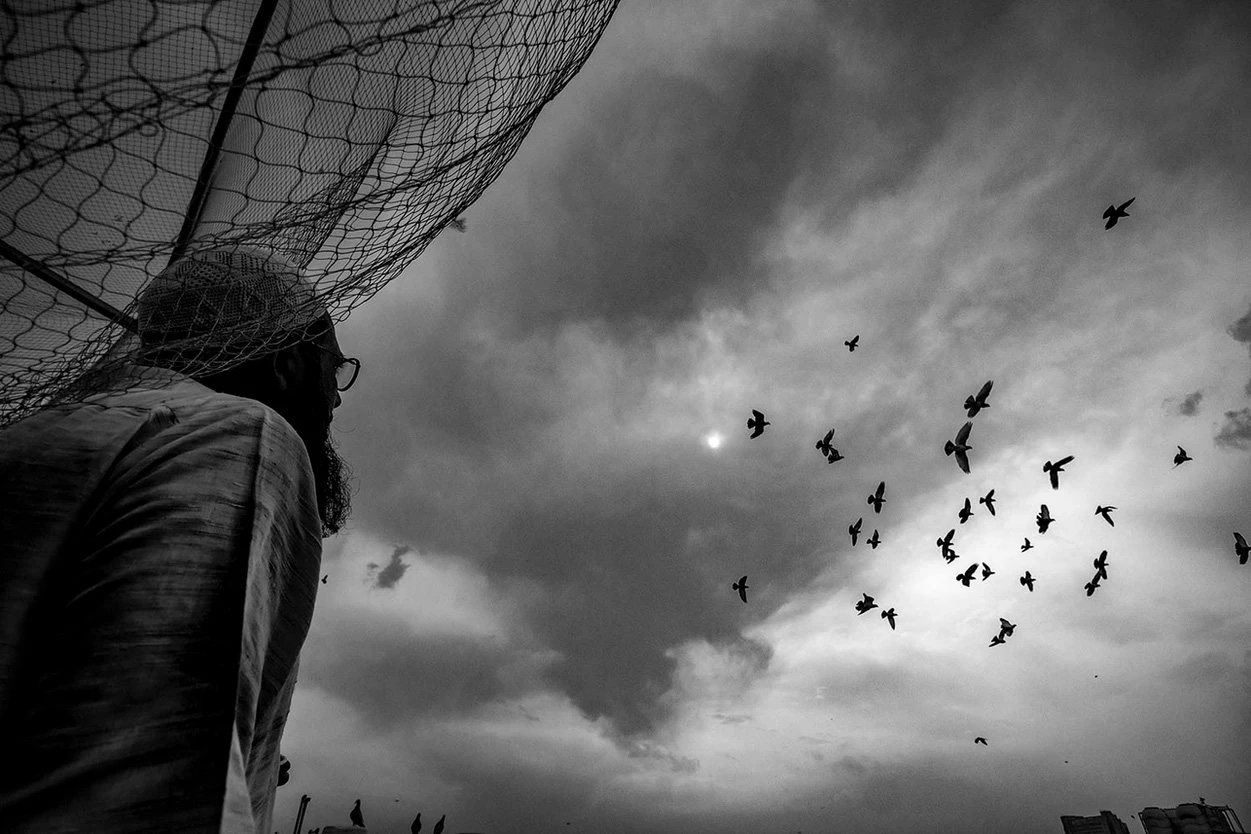
Bear Guerra is a photographer whose work explores the human impact of globalization, development, and social and environmental justice issues, often in communities typically underrepresented in the media. His work has appeared in The New York Times, The Wall Street Journal, The Atlantic, Le Monde, BBC, and NPR, and has been exhibited widely. He was a finalist for a National Magazine Award in Photojournalism. Bear and his wife, Ruxandra Guidi, work together under the name Fonografia Collective to produce local and international print, radio, and multimedia stories about human rights and social justice. Bear is also a board member and producer with the award-winning nonprofit journalism collaborative, Homelands Productions, and is the visuals editor at High Country News.
Through these images, photographer Bear Guerra invites us to reconsider our fear of the dark and to welcome the night sky as a window into mystery and awe.
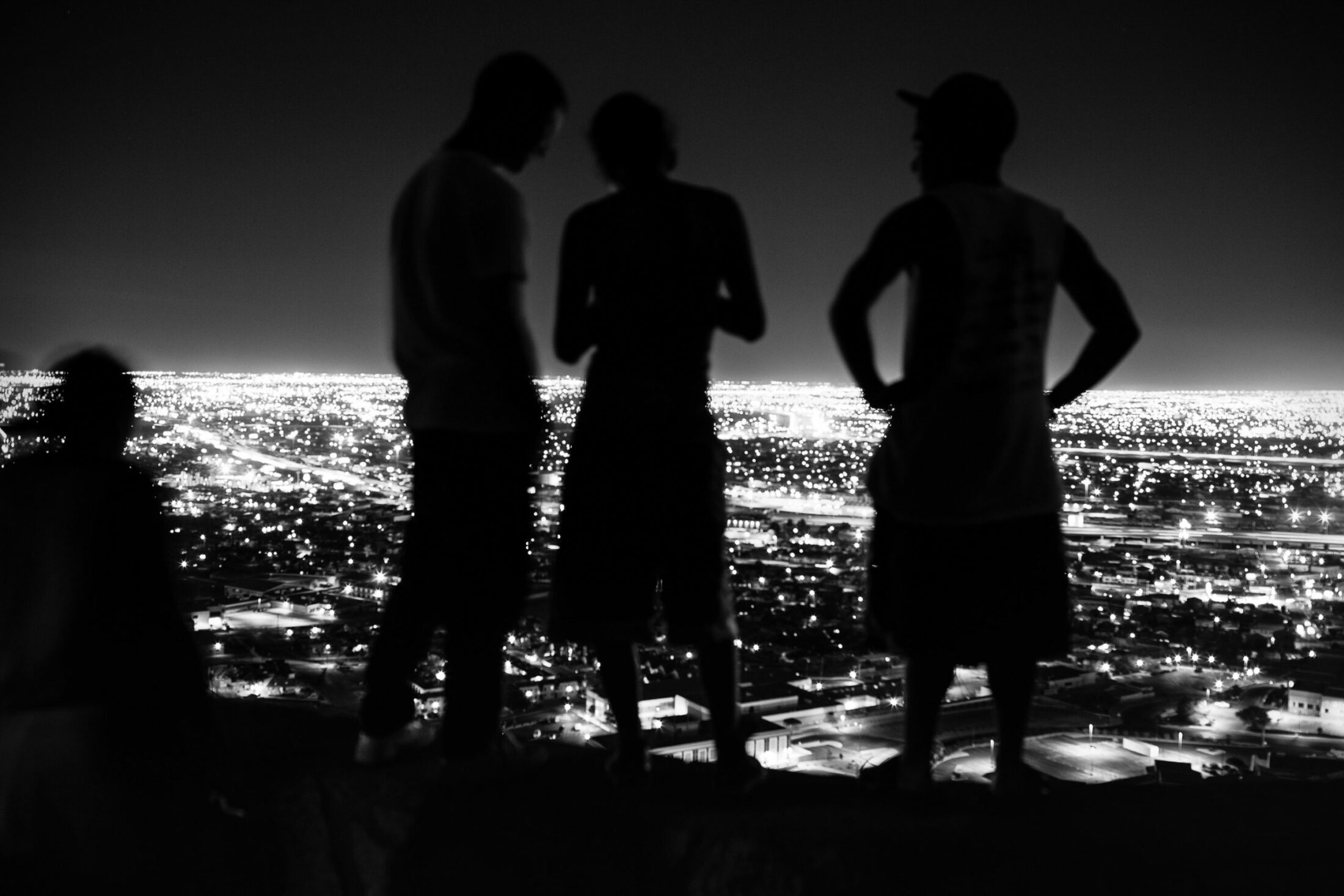

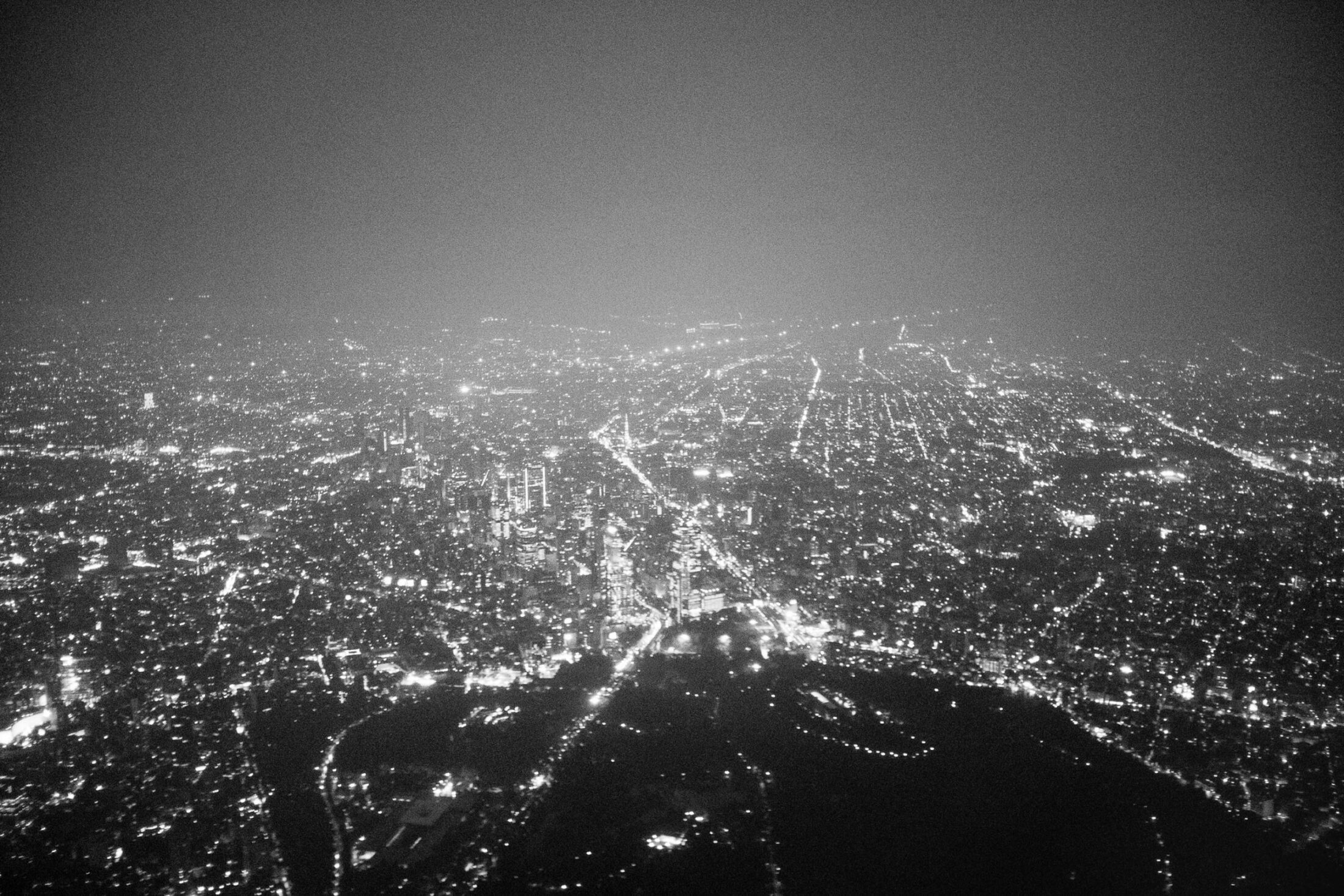
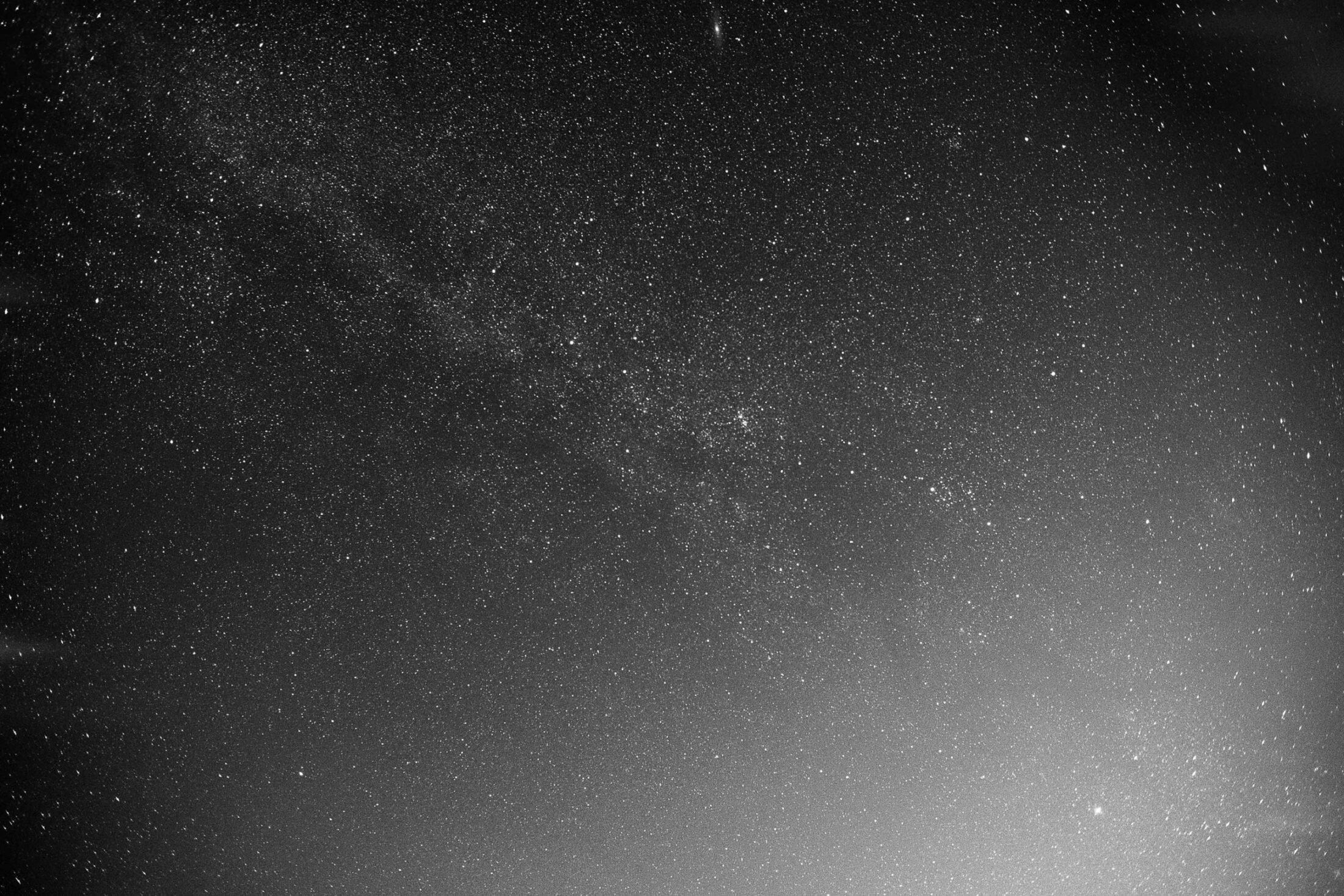
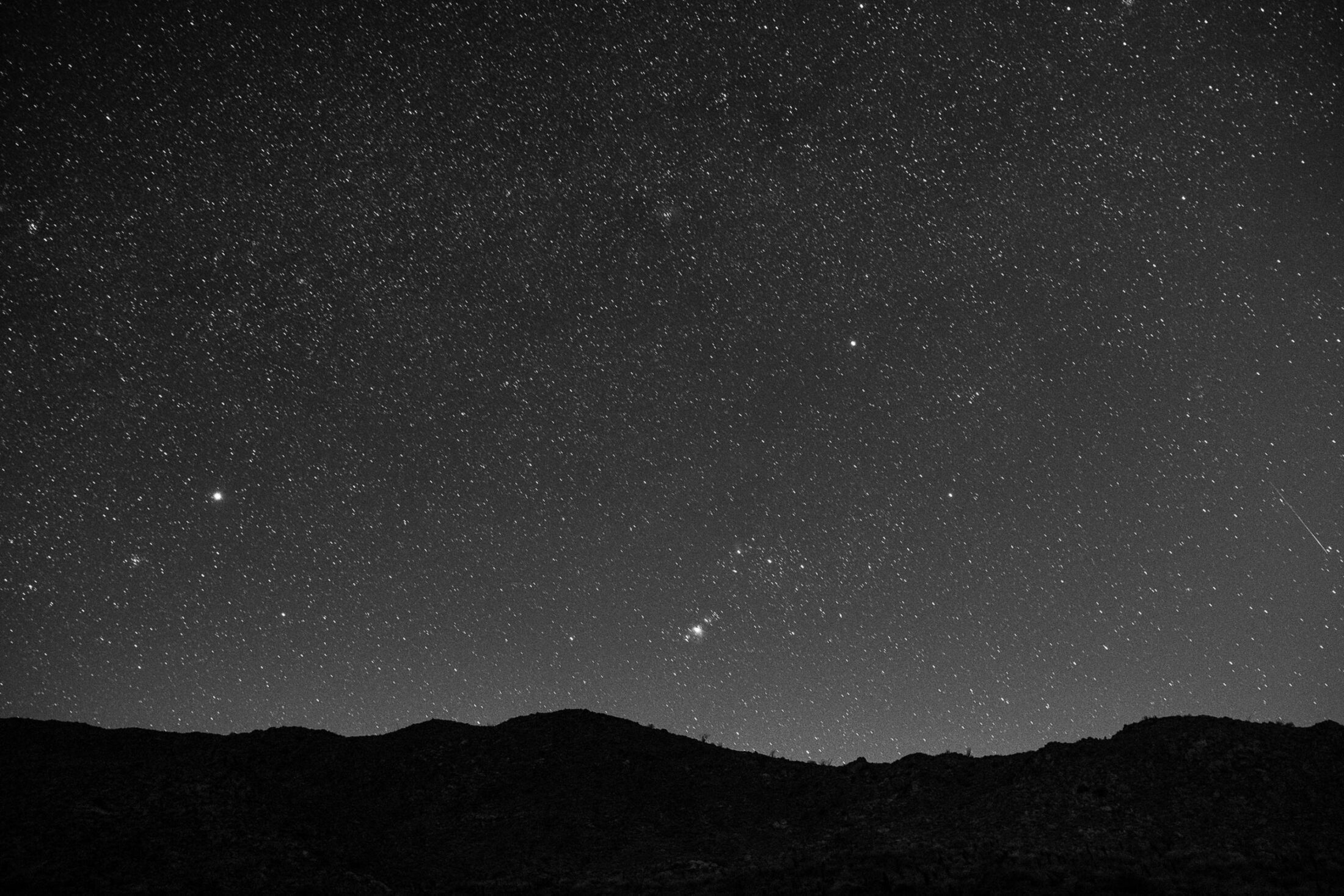

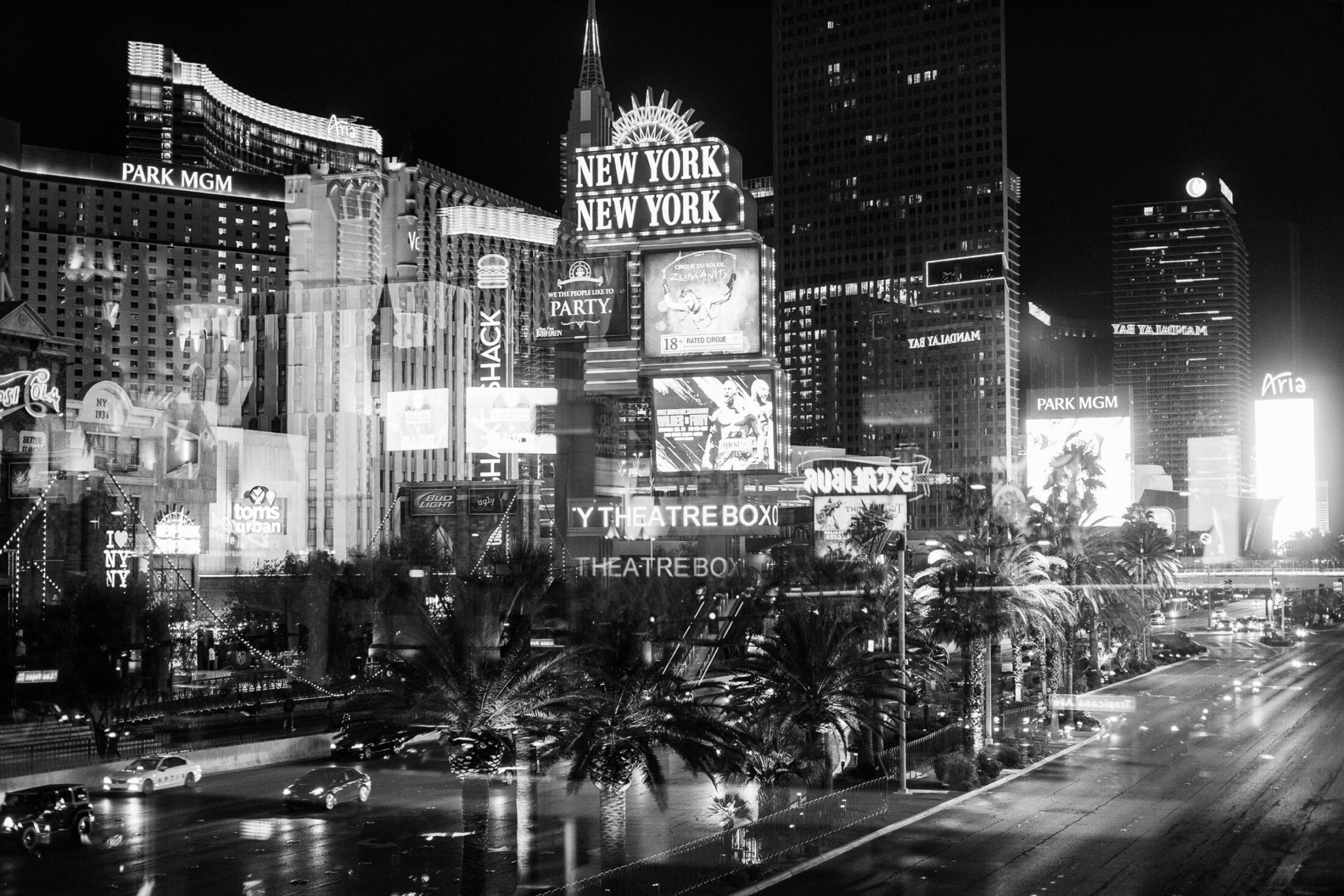
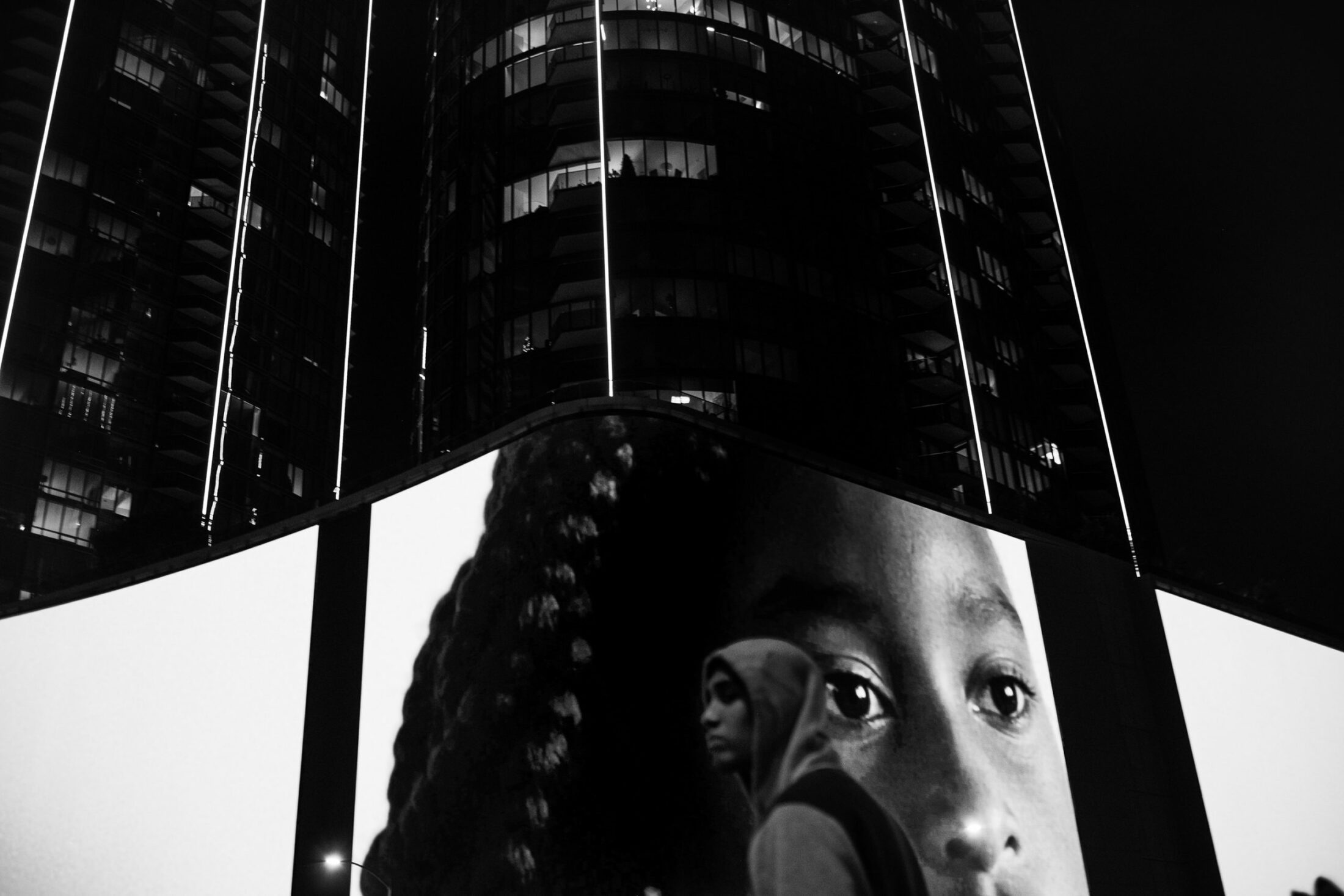

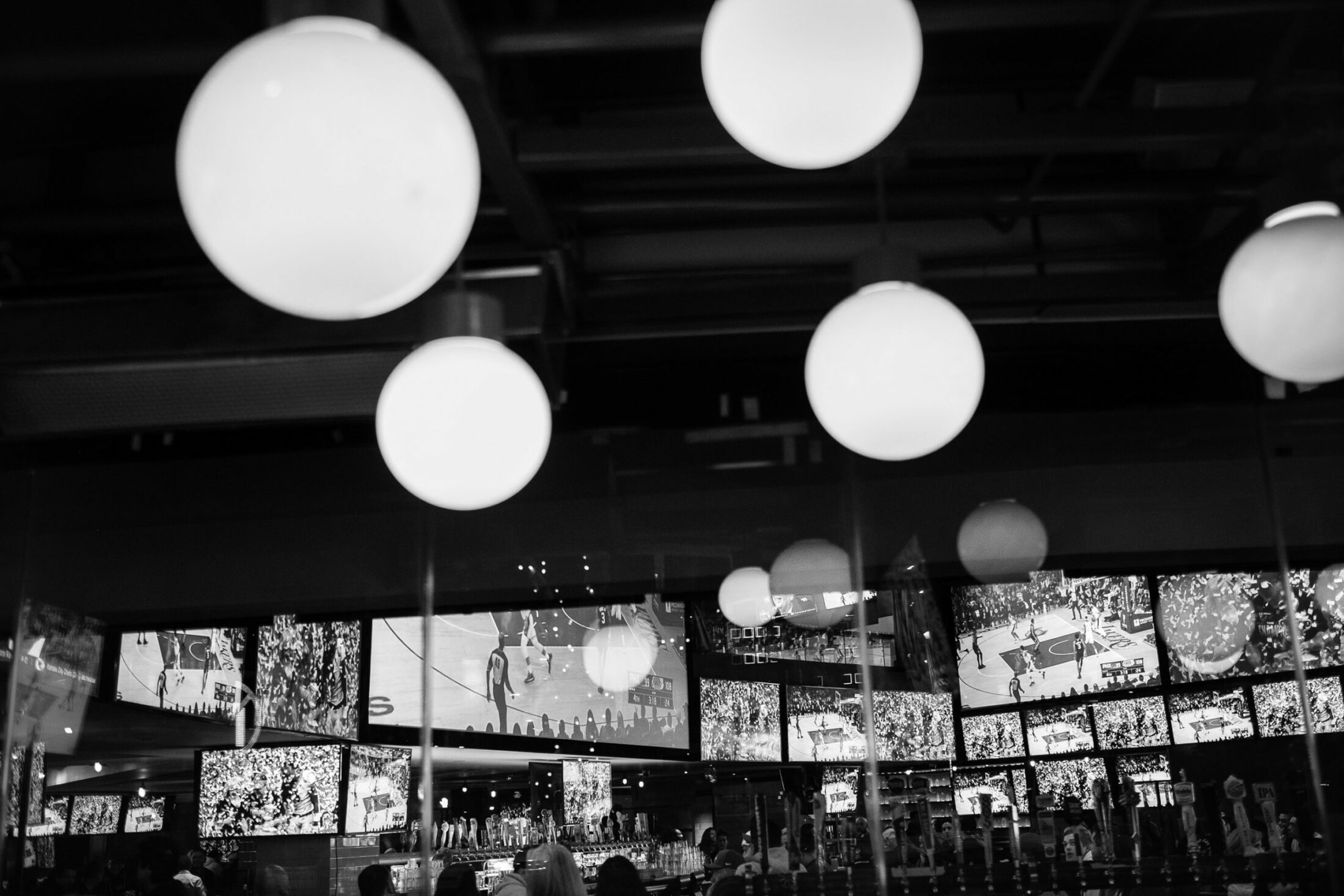
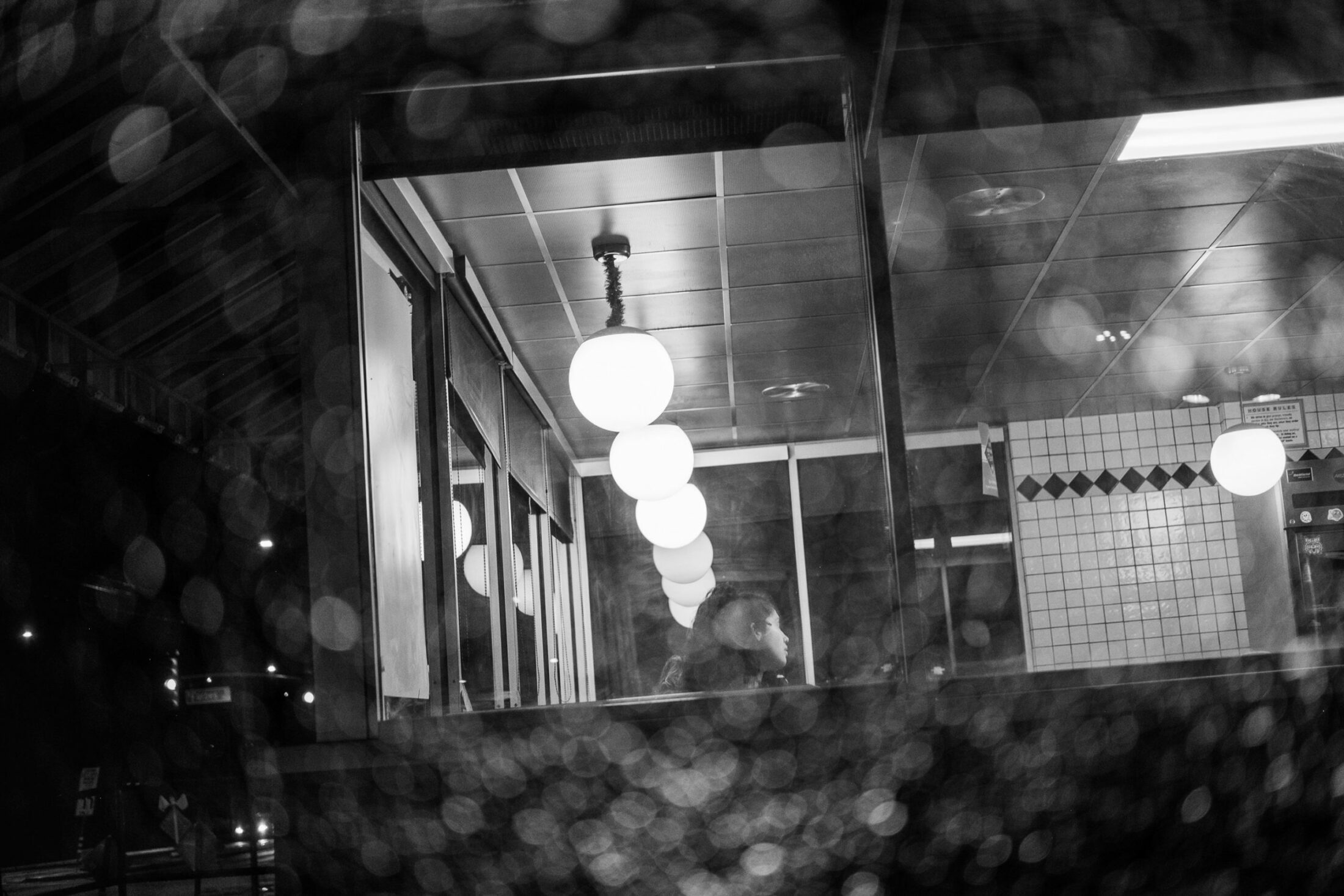
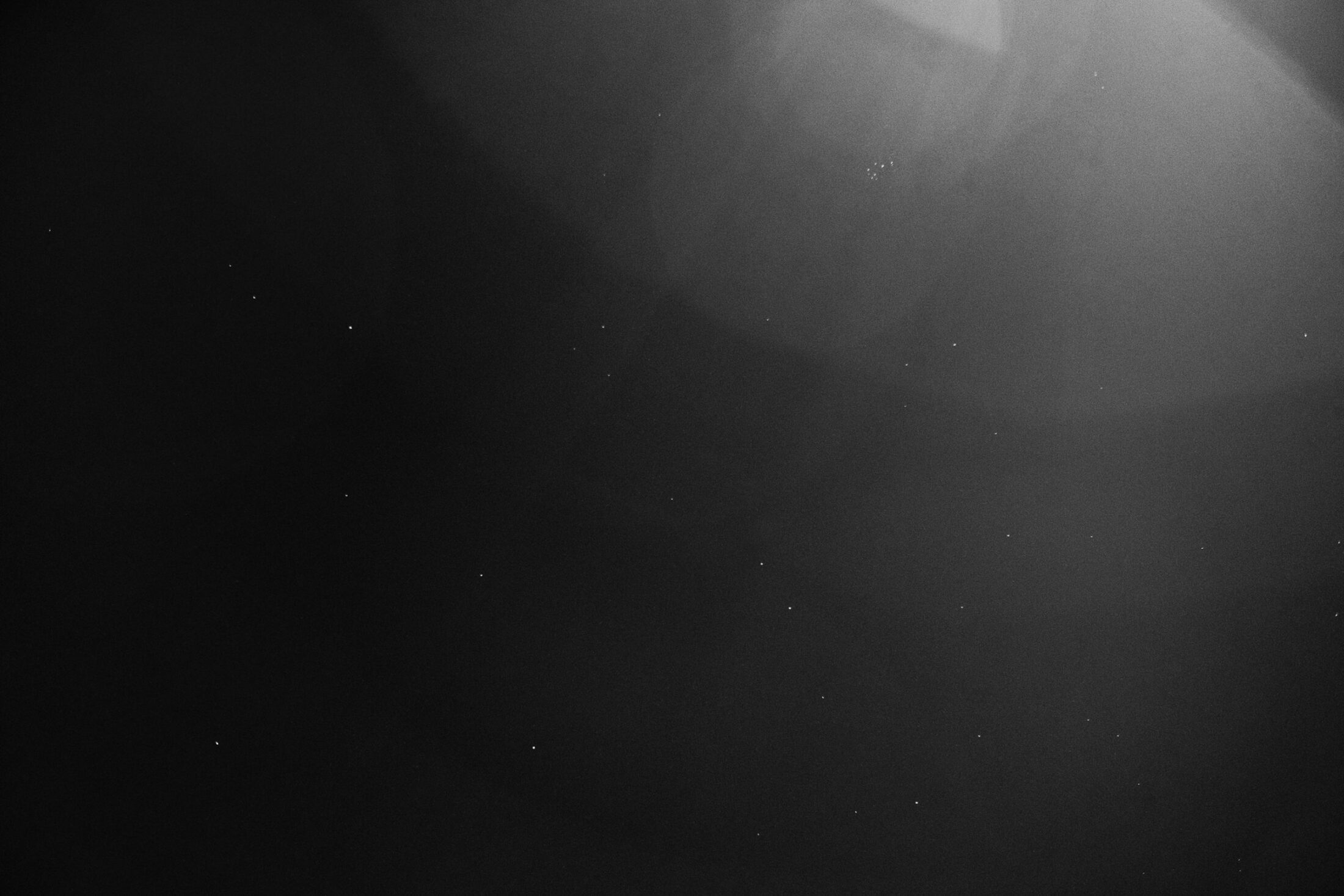
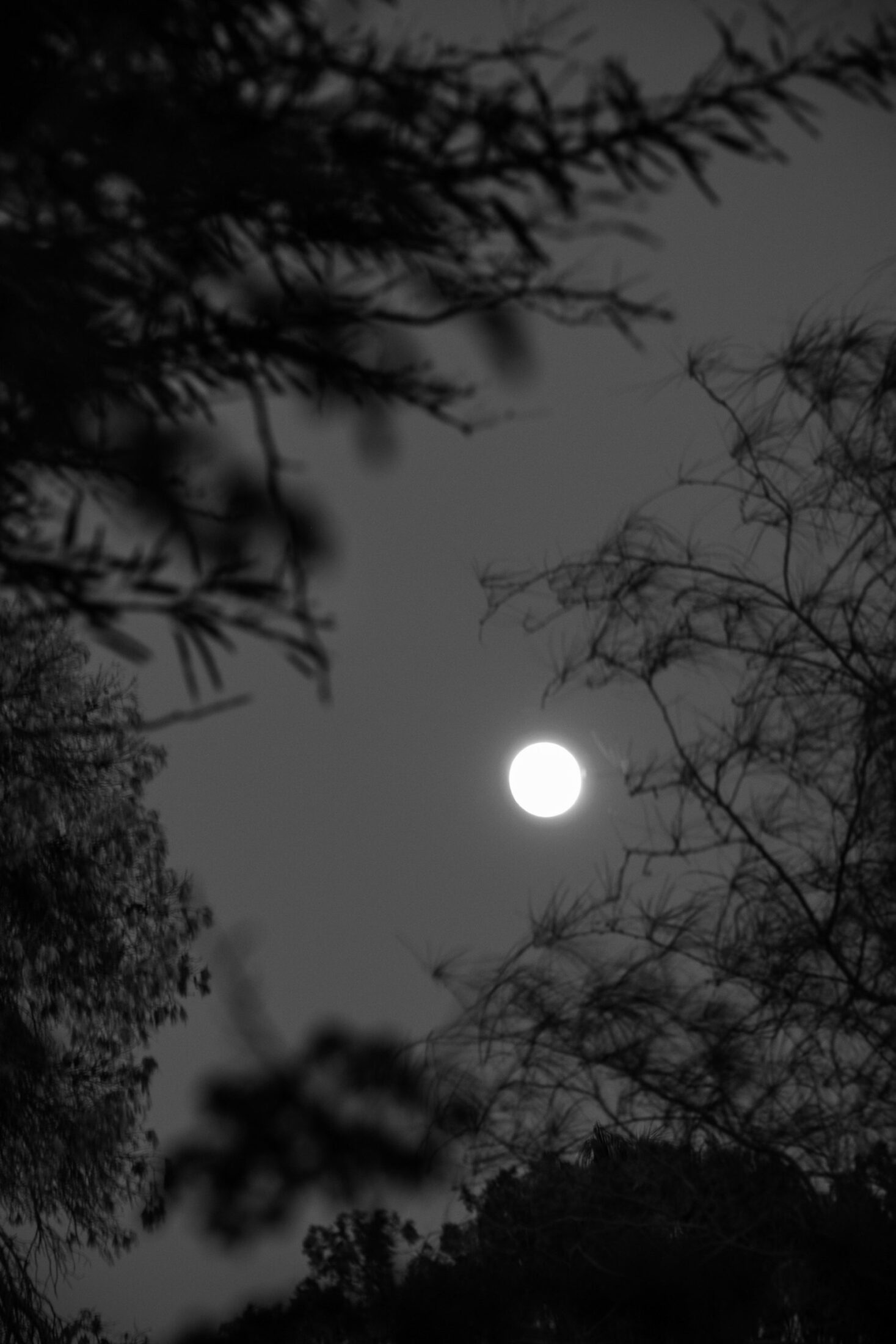
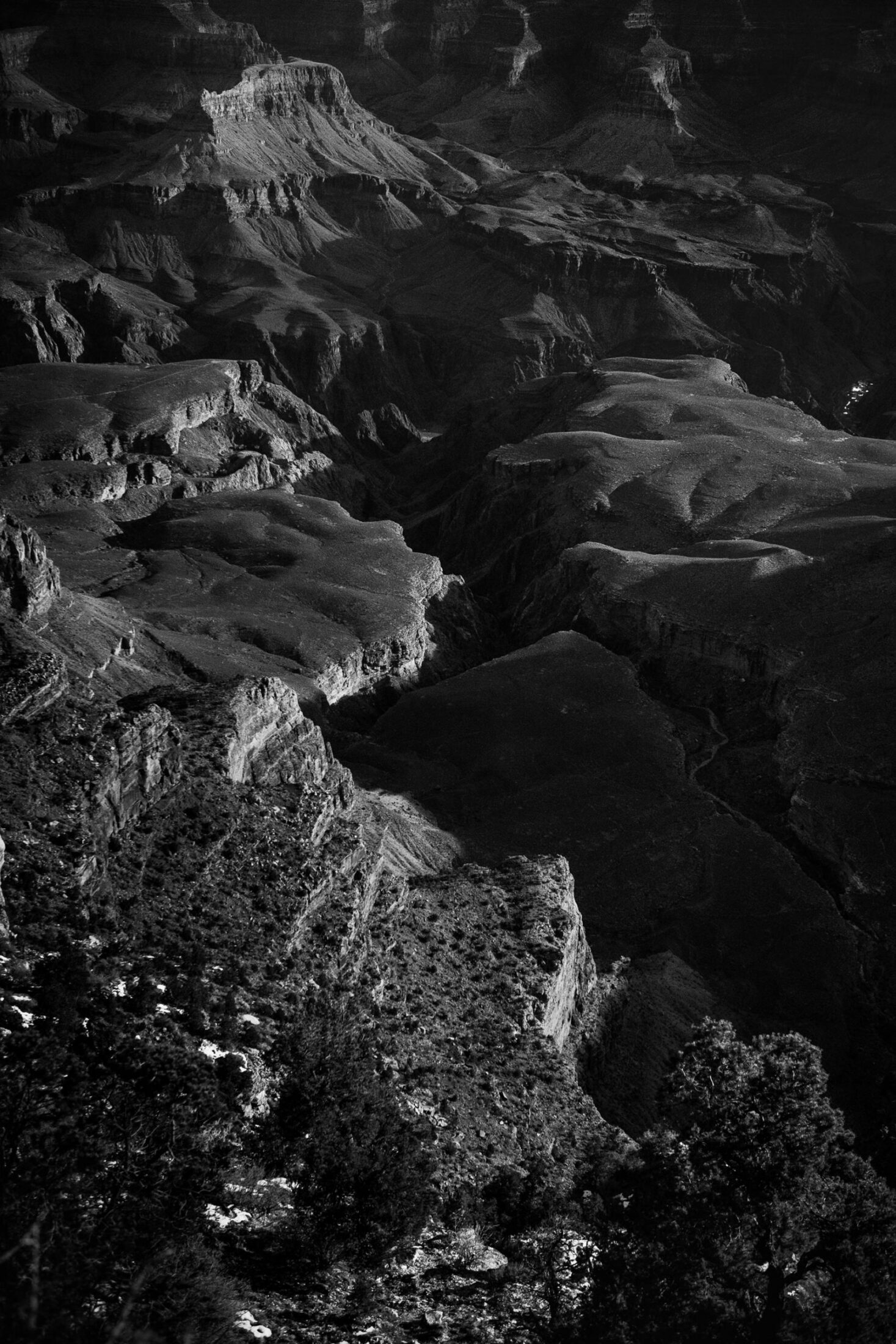

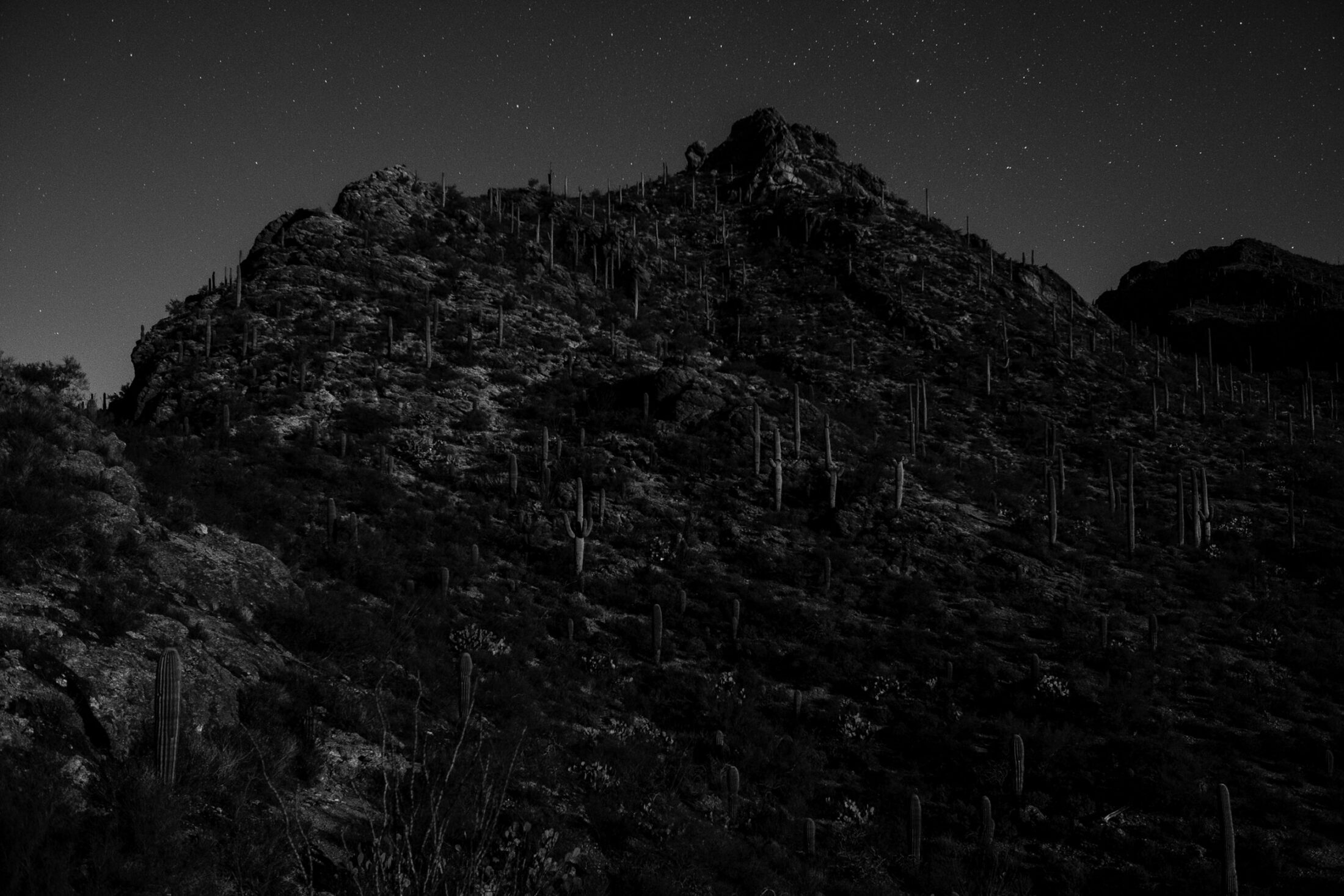

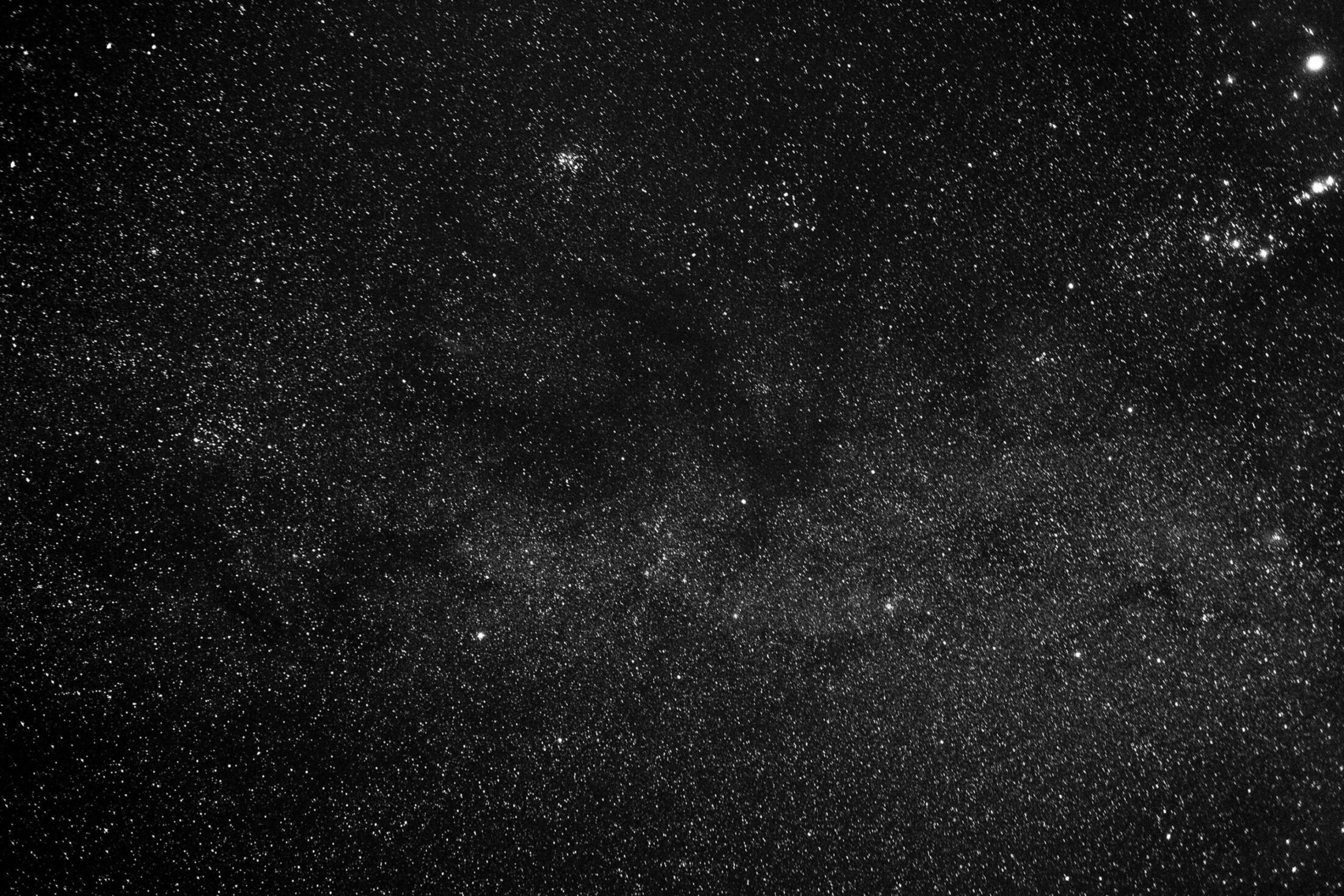
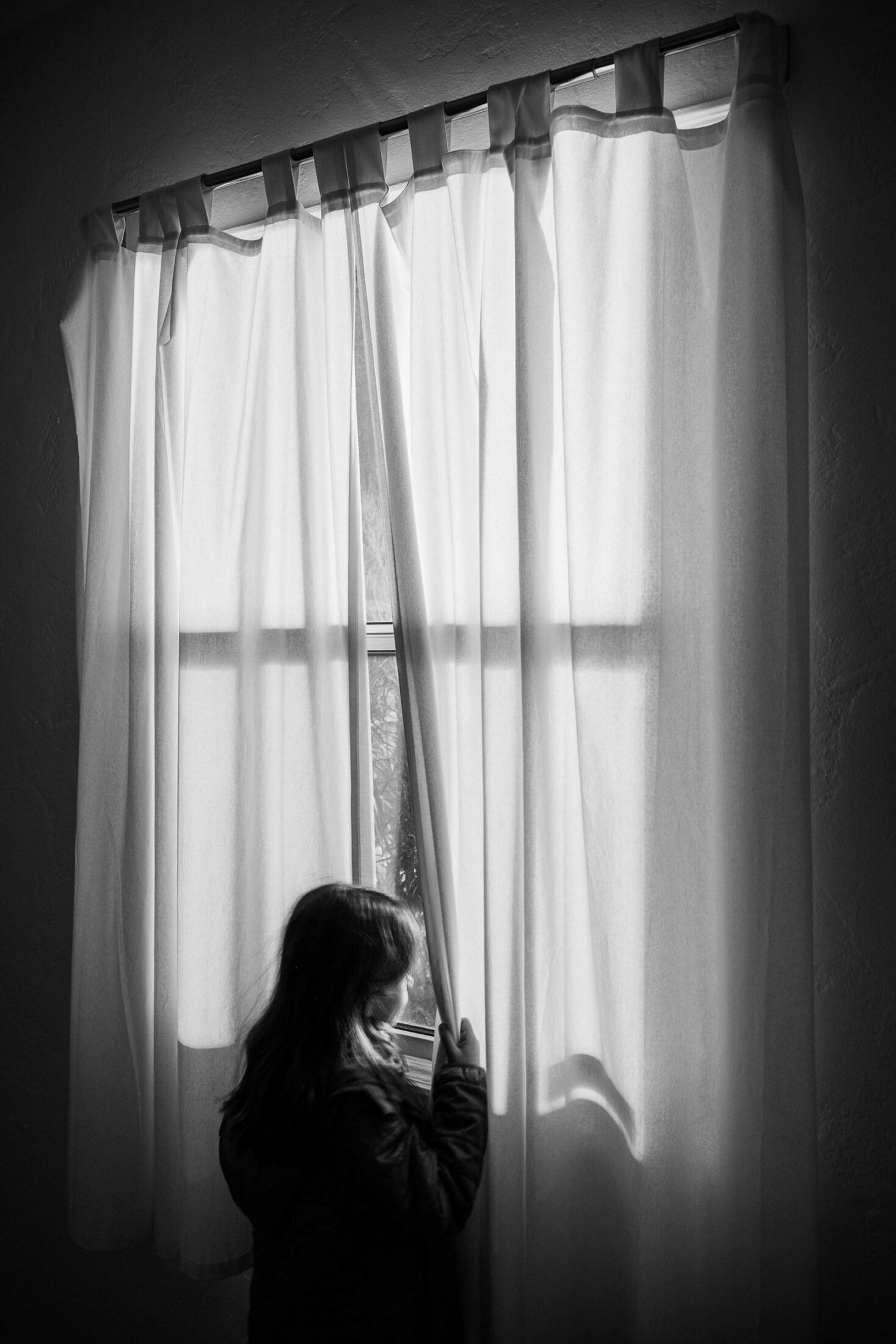

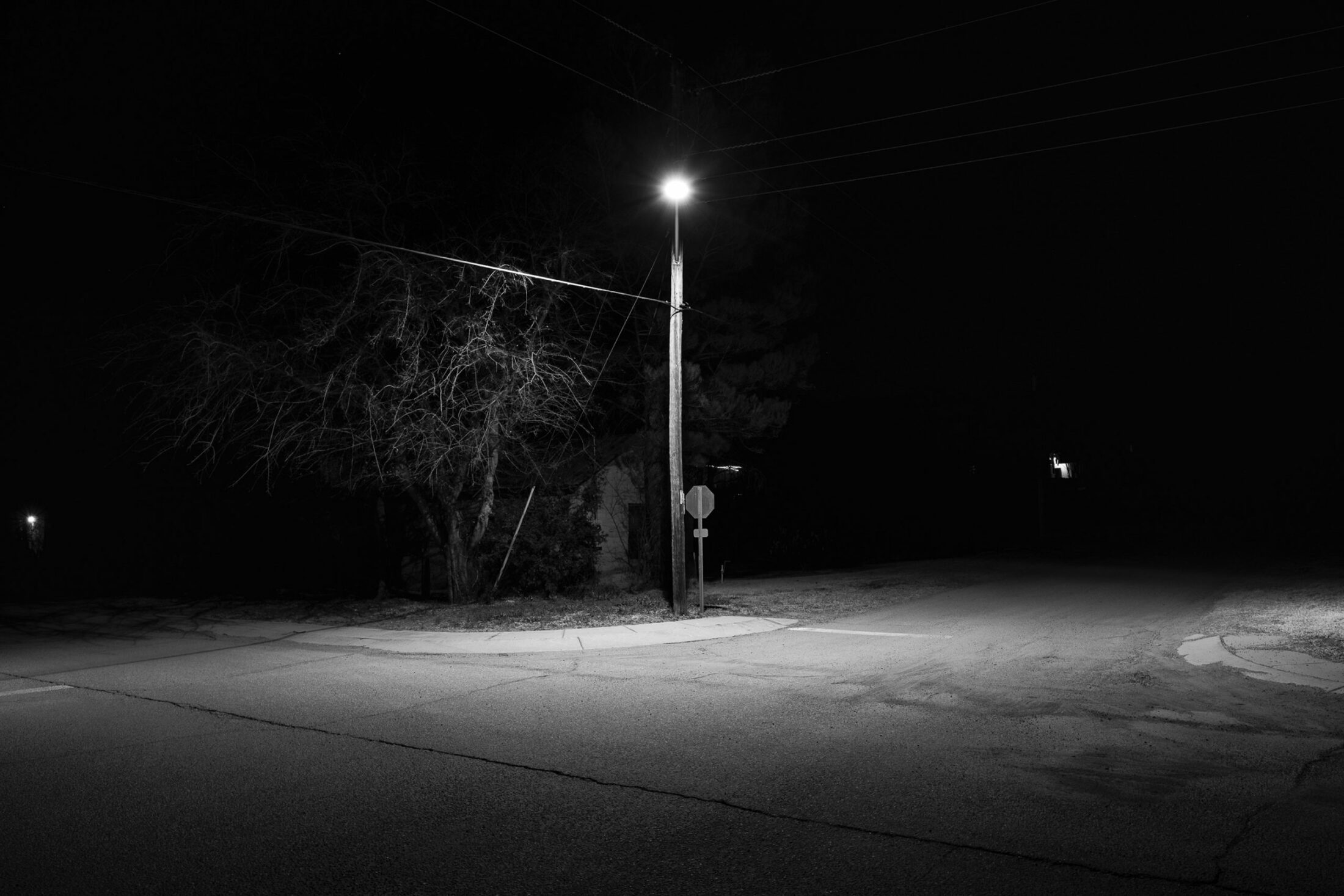

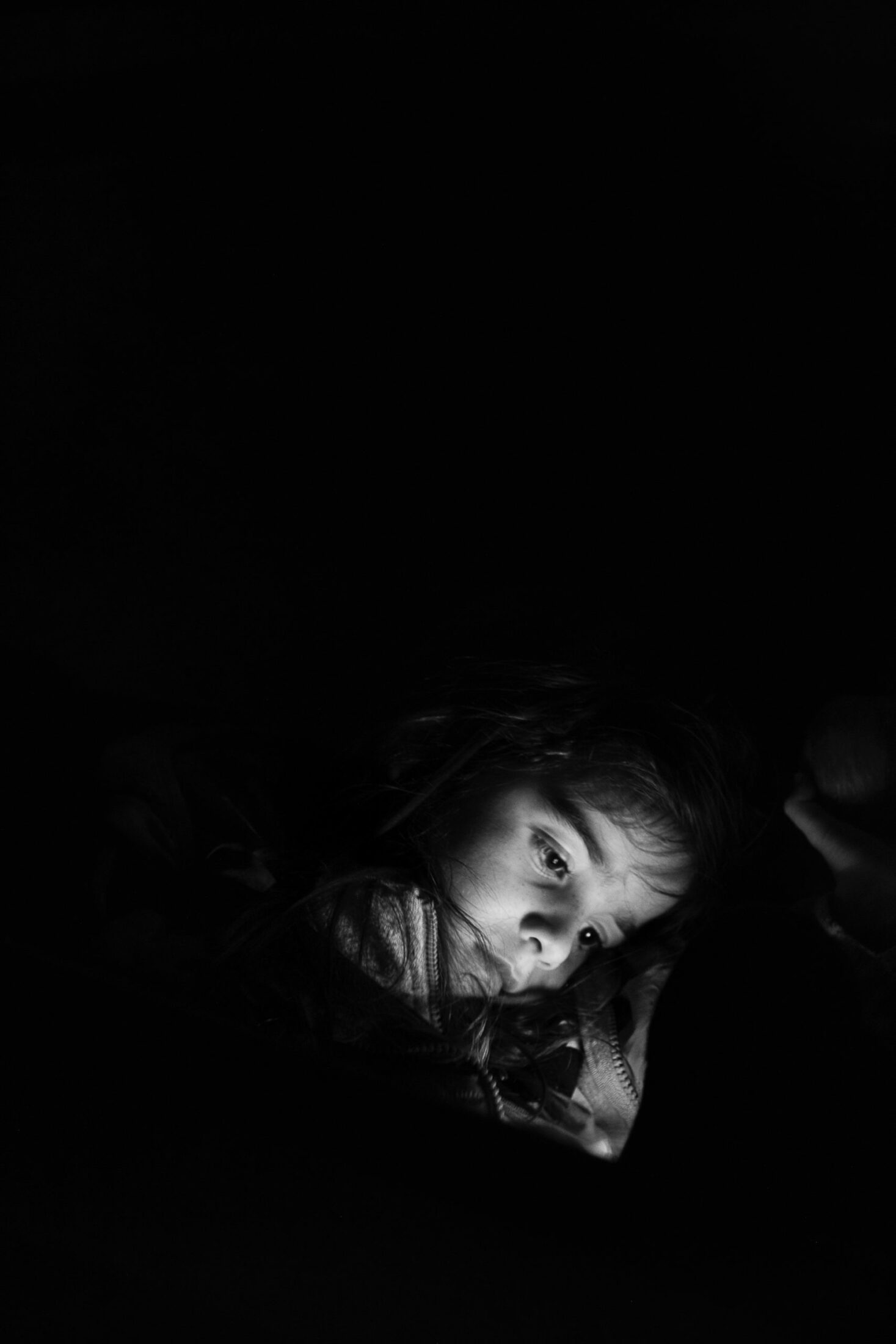
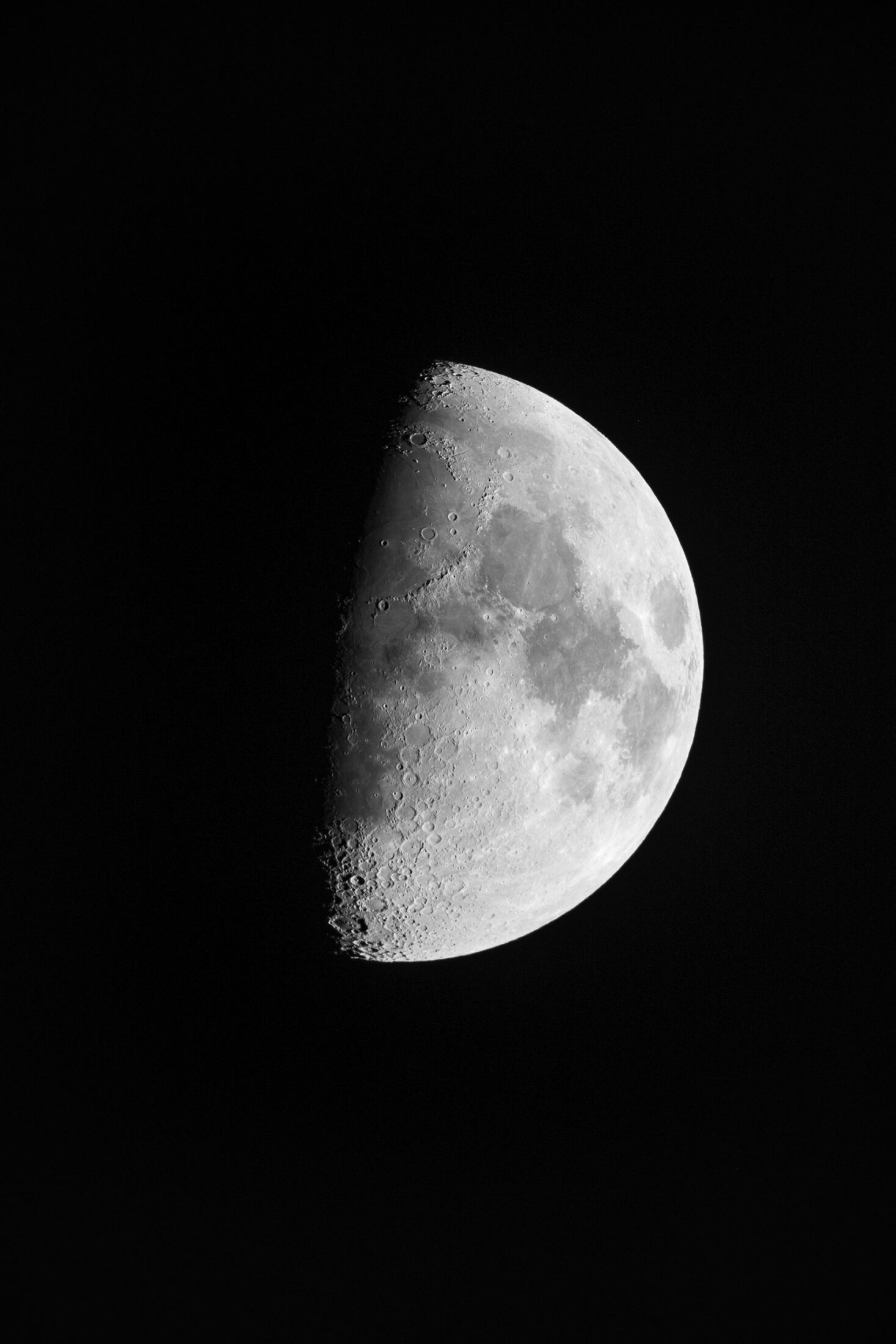
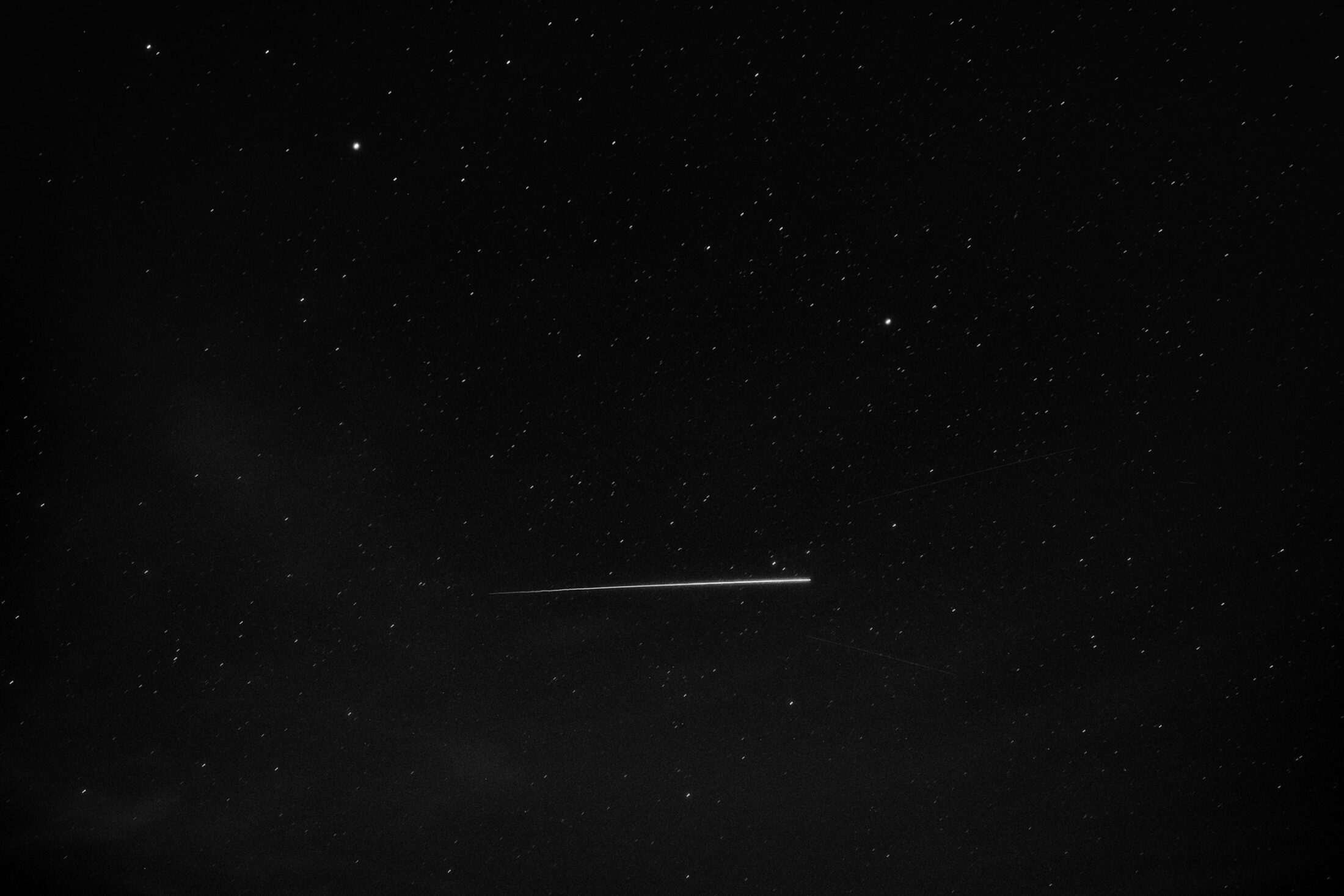
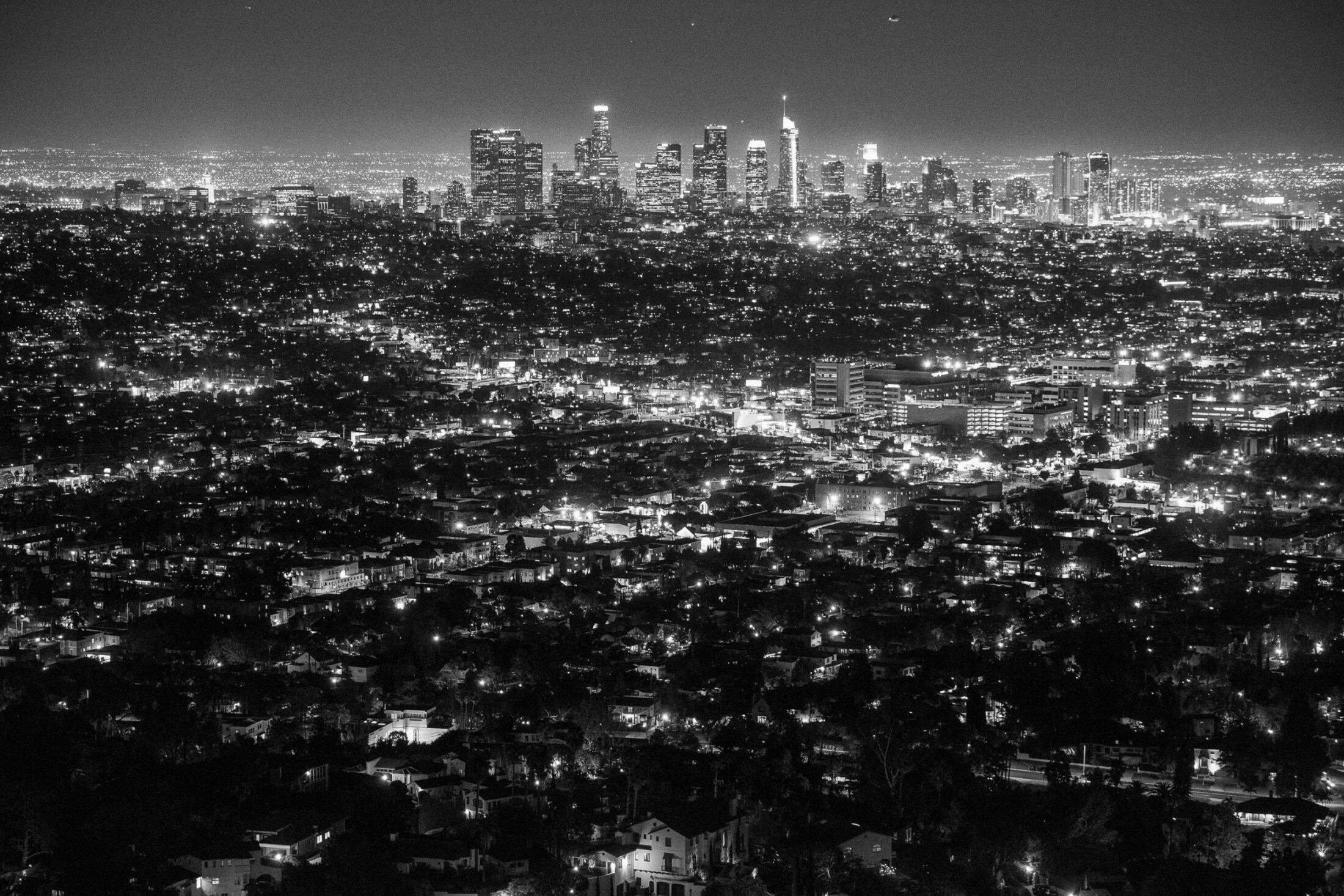
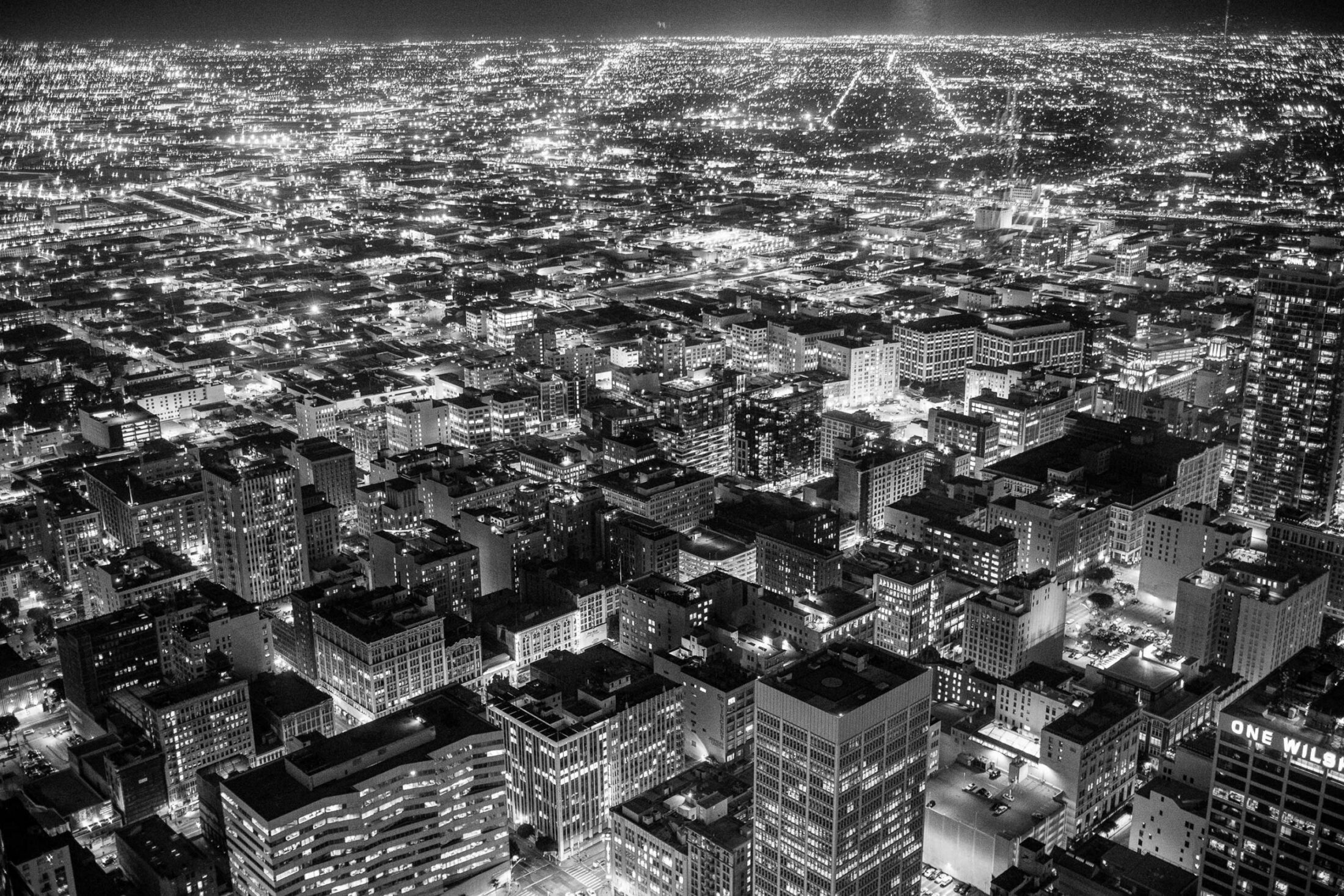

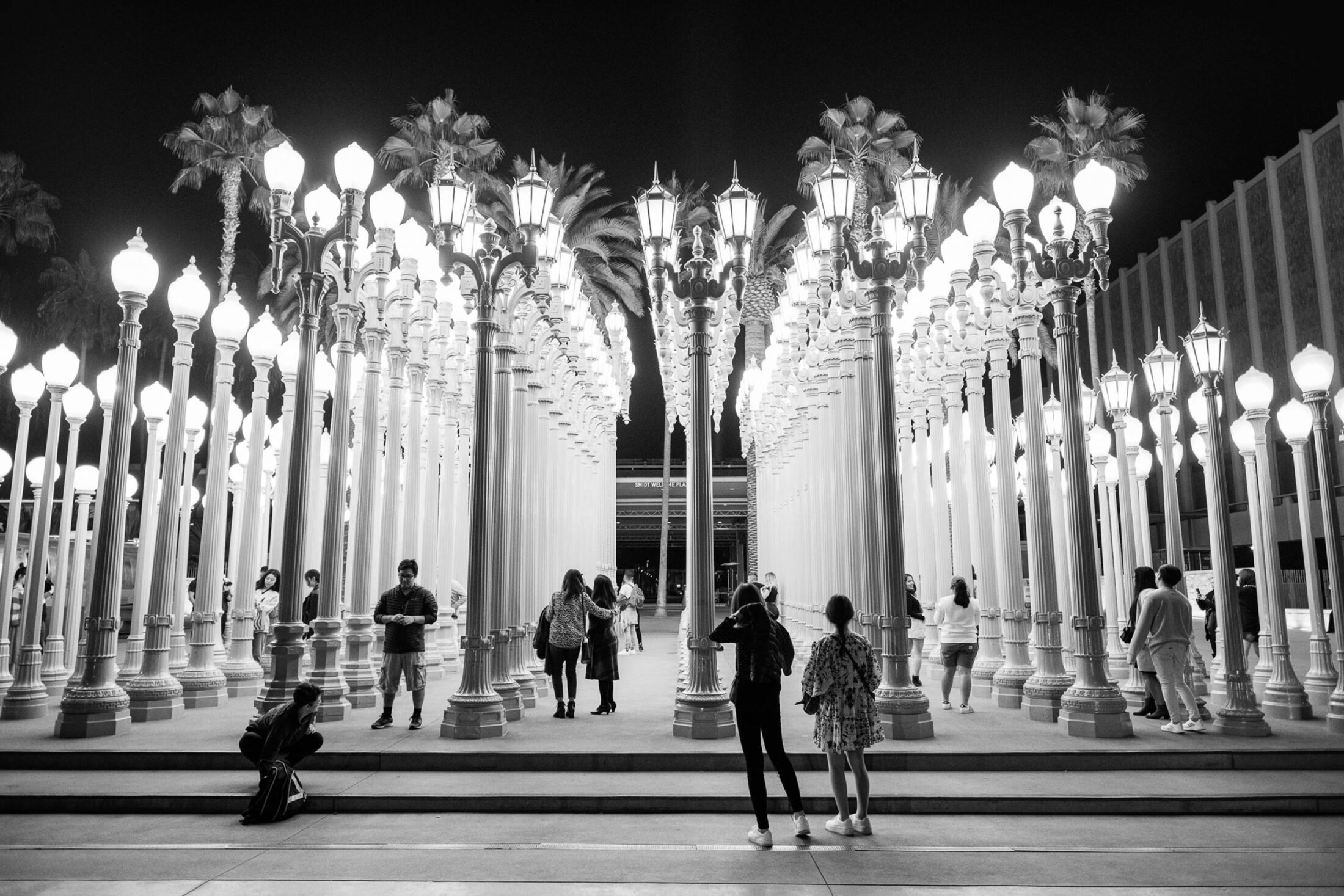
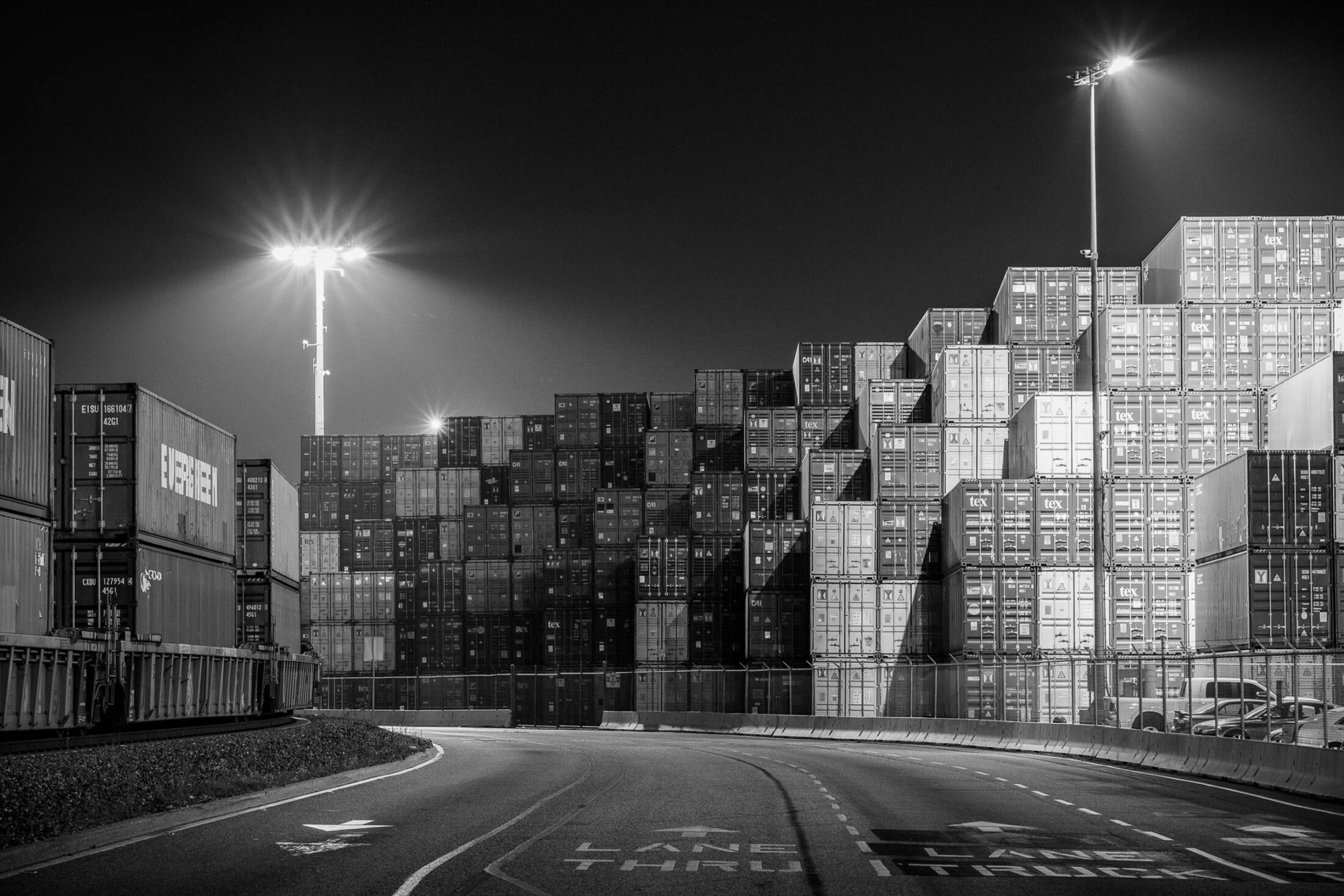
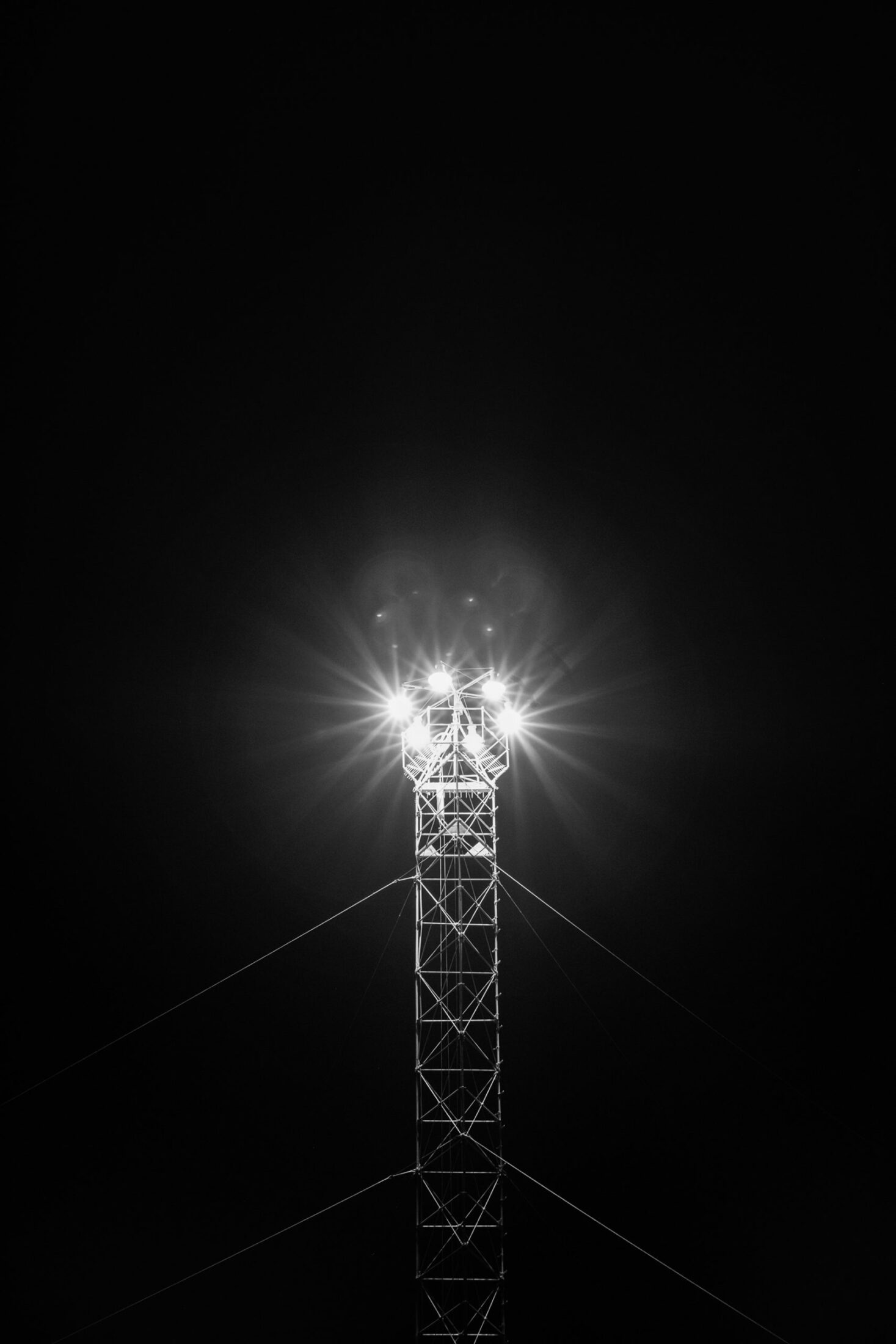
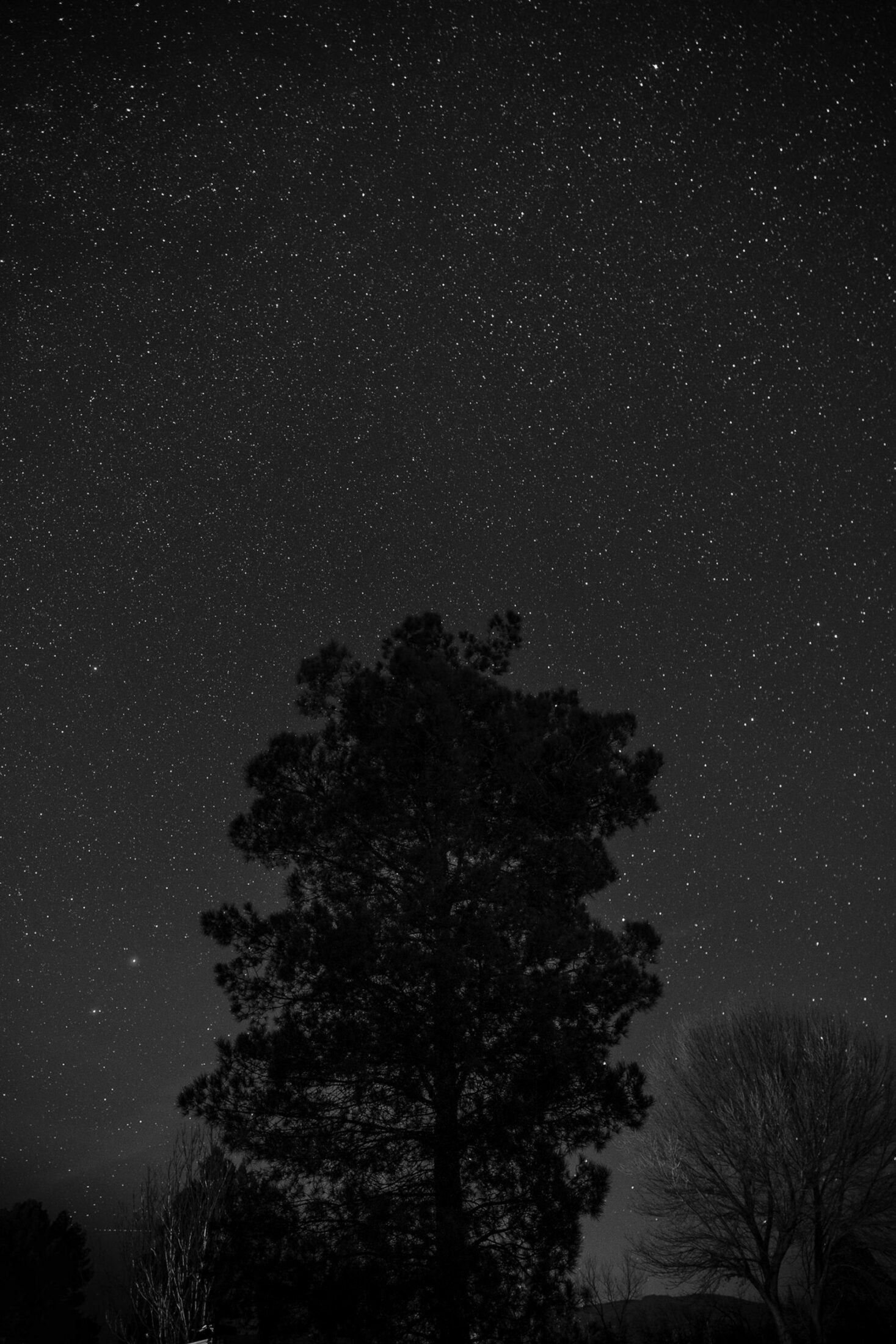
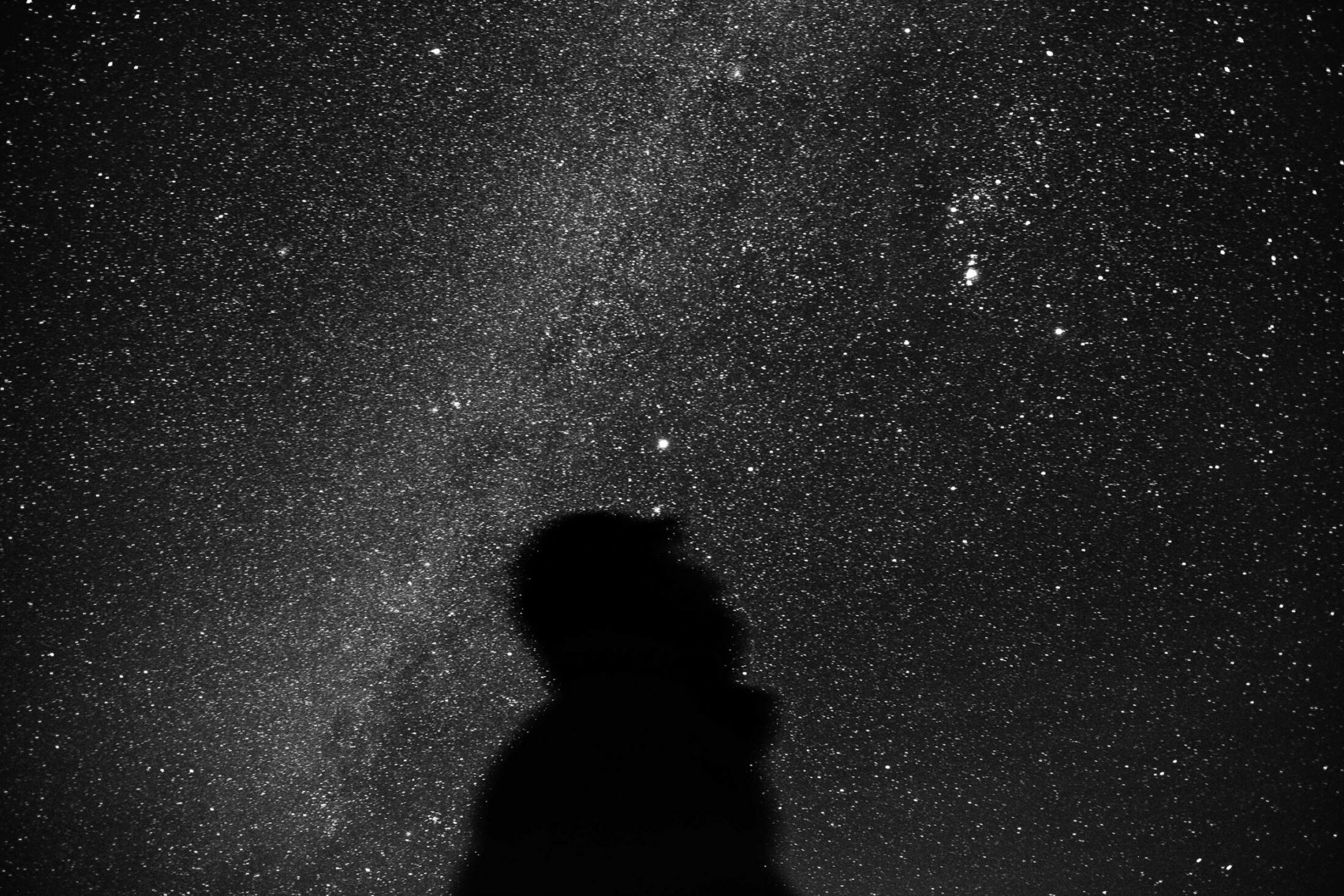
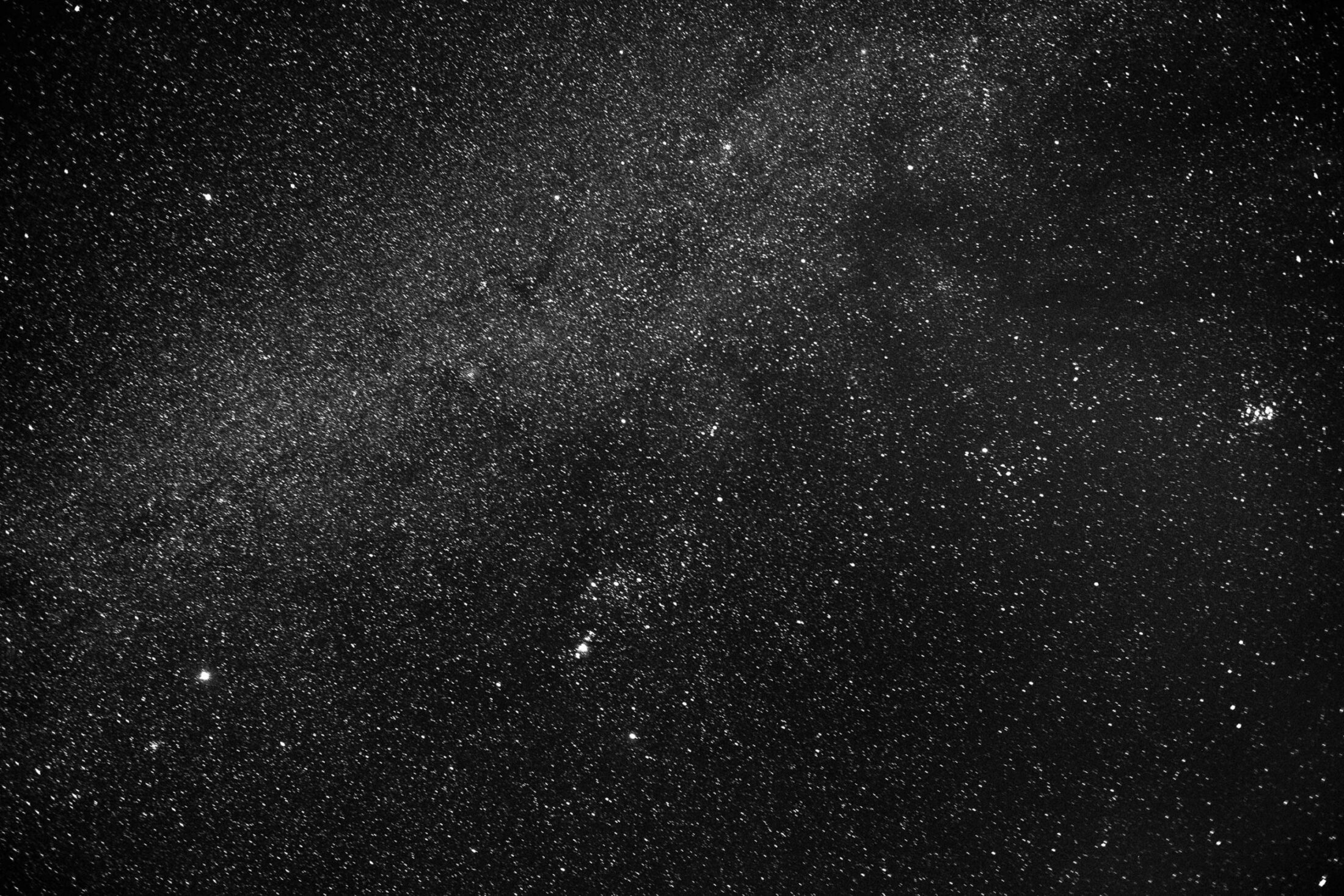

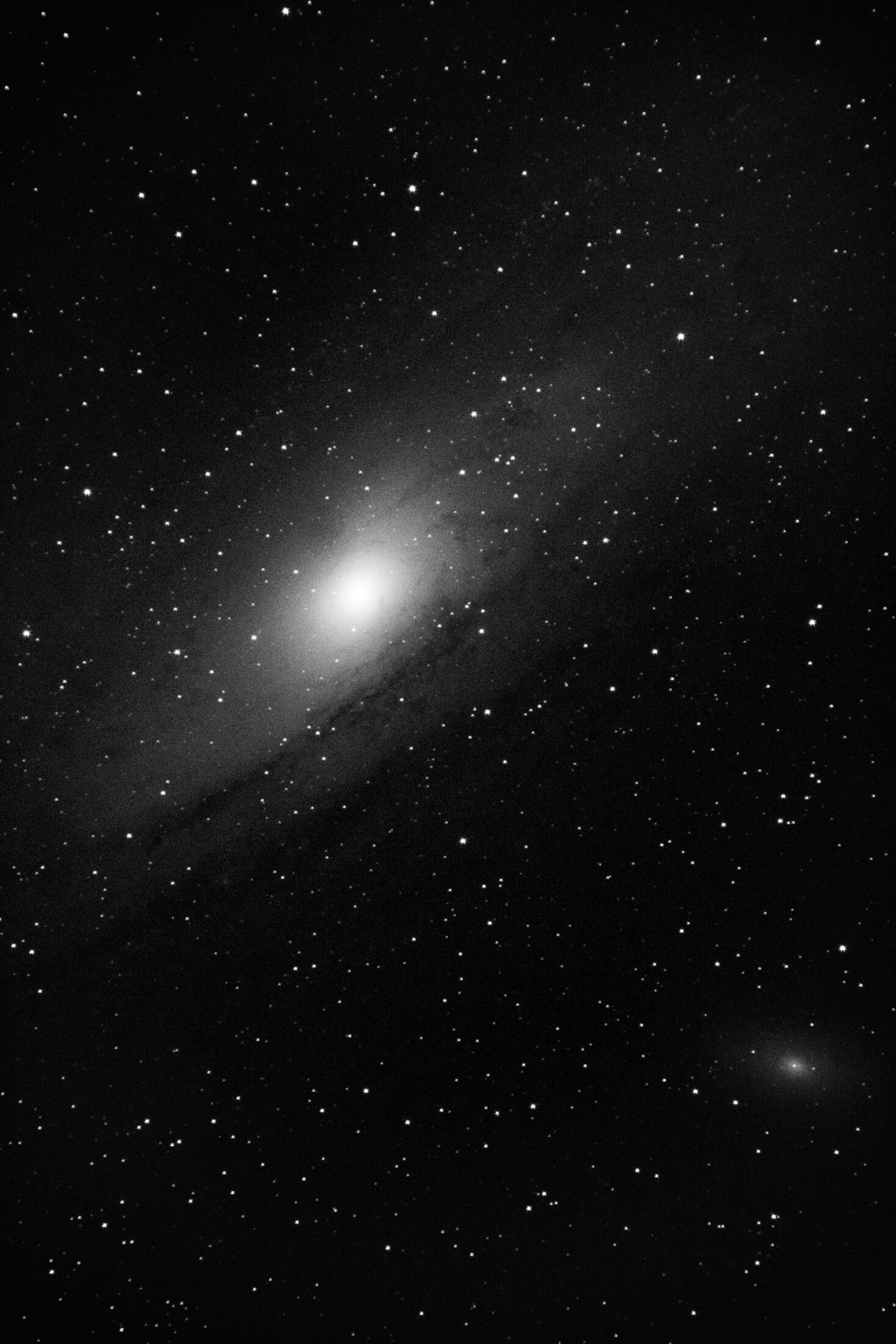

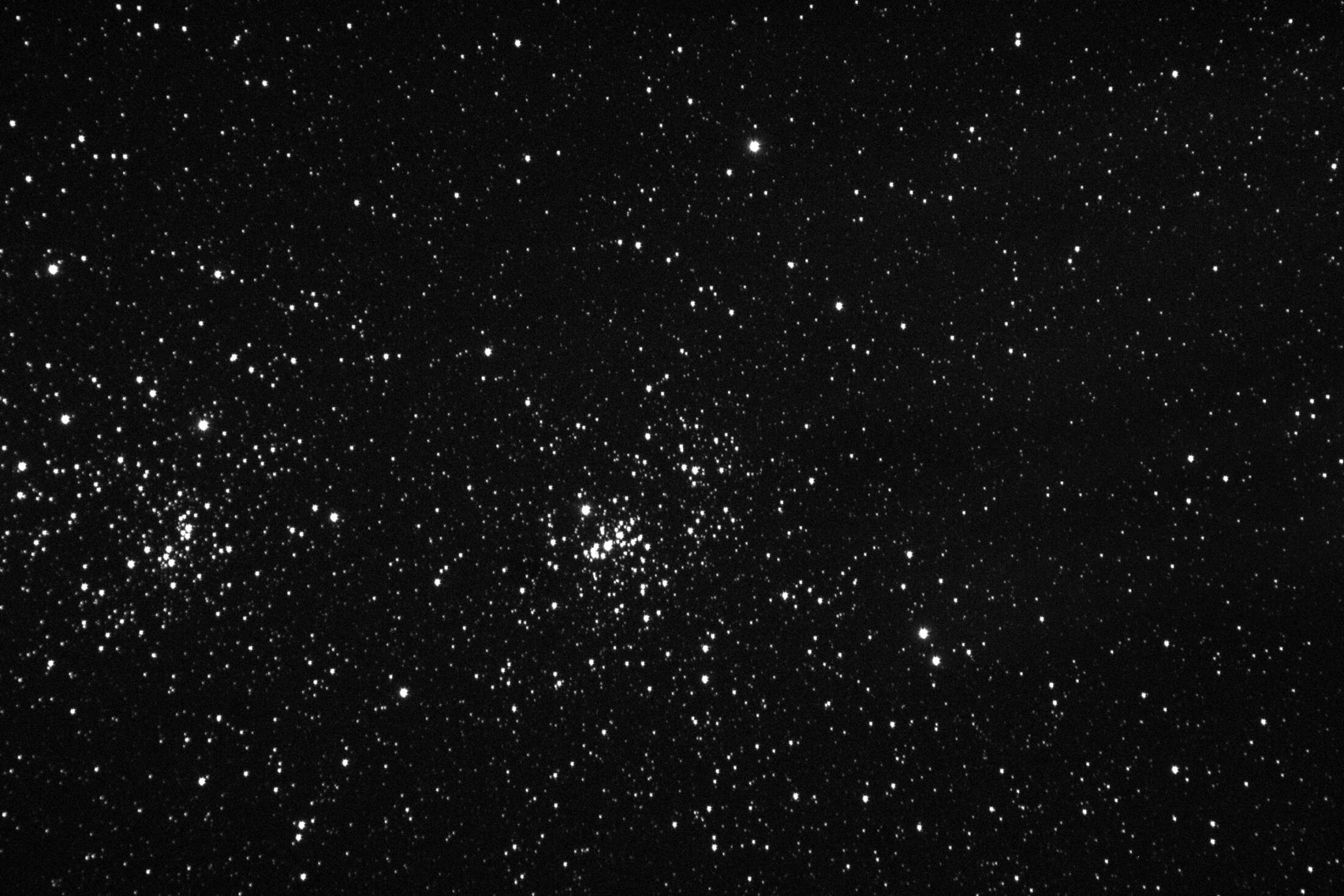
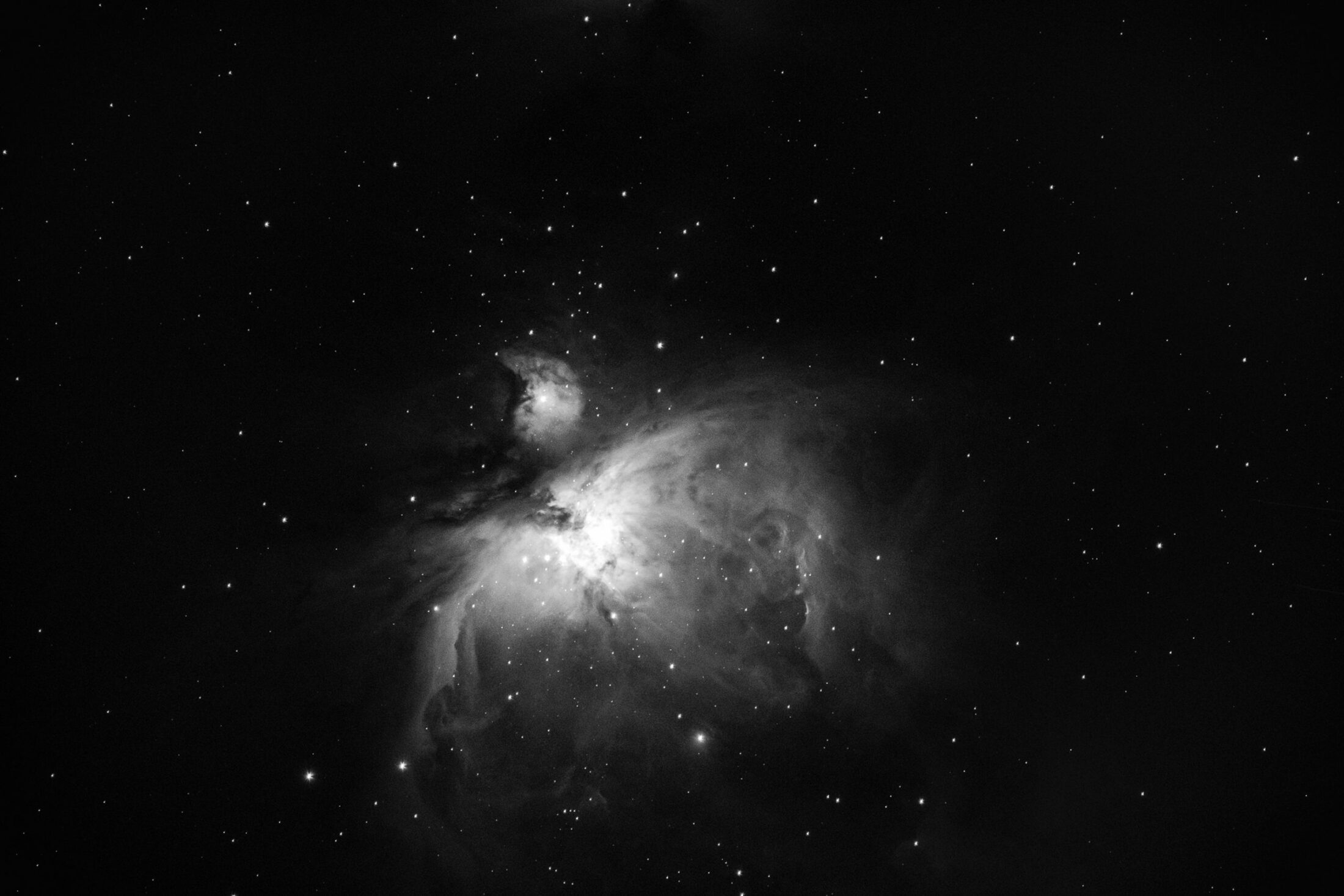
Lying on our backs, we look up at the night sky. This is where stories began, under the aegis of that multitude of stars which at night filch certitudes and sometimes return them as faith.
One of my earliest childhood memories finds me waking from a deep sleep in the middle of the night, during a family road trip. Far from any city lights, I look out the window toward the sky above, and for the first time, I see what seemed to be an infinitude of stars. I’ll never know for sure if I was actually dreaming or not, but I still have the distinct recollection of becoming aware of the immensity of the universe in which we exist. I still recall the intense mix of awe, fear, and hope that I felt, unable to look away until the stars faded with the first light of day.
I often think back to that night and the deep connection I felt to the natural world. But in recent years, the memory has also taken on a metaphorical connotation, reminiscent of Rev. Dr. Martin Luther King Jr.’s famous words of hope, “Only when it is dark enough can you see the stars.” Today it is not uncommon to read or hear or believe that we are living in “dark times”—such is the state of the world, and our need for hope in the face of many challenges: climate change, inequality, isolation, pandemic, to name only a few.
I, too, have spent most of my life thinking of darkness as a problem demanding more light—in both the literal and the symbolic sense. But perhaps this fear of the dark has been part of our collective problem.
For all practical purposes, most of us now live in the perpetual glow of a world that never sleeps. As essayist and poet Mark Tredinnick has said, “Cities are factories for unmaking the night.” We are driven by commerce, for which darkness is just another inconvenient obstacle in the path of production and consumption; we rely on the latest technology to offer the facade of a connection to one another. But more light is not what we need; it’s more darkness.
Given the myriad ways in which we humans have all but severed our connection to the natural world, perhaps none will prove to be as profound as the loss of the night sky and of our connection to the dark.
In this personal photographic meditation, this loss of our connection to darkness and to the night sky is emblematic of our deeper separation from the natural world. I hope to encourage viewers to question our blind acceptance of a world bathed in artificial light; to not fear the night but to reconnect with it, to be awed by it, to know that if we are patient, we will be able to see through the darkness. The images in this series are evidence of an intimate personal journey, as I contemplate our light-polluted world and seek to reconnect with the night; as I ponder how the technology to which we are now tethered is affecting me and those closest to me; as I wonder how I can guide my own child to embrace the night and understand that without darkness we are not just incomplete … we fail to dream.
I think back again on the voice of Martin Luther King Jr., the famous dream maker, who saw stars through the darkness. These do often feel like proverbial “dark” times to me. When I began this project several months ago, the world felt like a different place. Today I write from the constraints of my home, where, like hundreds of millions of others around the world, I am separated from my community, trying to do my part to slow the spread of a deadly contagion. I am fortunate to be with my family, but I feel for those who are alone. We need one another, and we all long for a return to the “normal” of only a few weeks ago.
Still, I remind myself that the “normal” of only a few weeks ago is not the way things ought to be. This photo essay was conceived as a meditation on our profound distancing from the natural world—of which we are all just one small part. What we are currently experiencing during the pandemic is yet another manifestation of this loss. And although the city streets where I made many of these photographs are now empty, I hope that these images will still help us to consider how we might reconnect—with the night, with the natural world, with each other, with ourselves.
Special thanks to the University of Arizona Mt. Lemmon SkyCenter Observatory.
